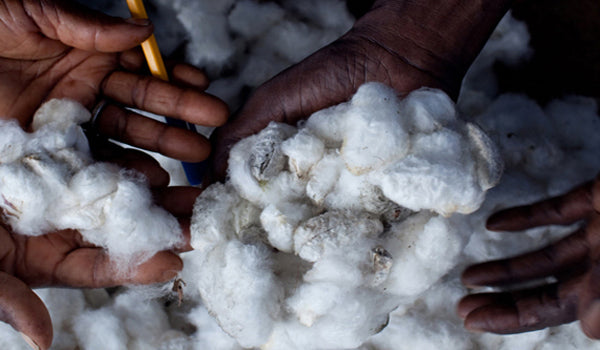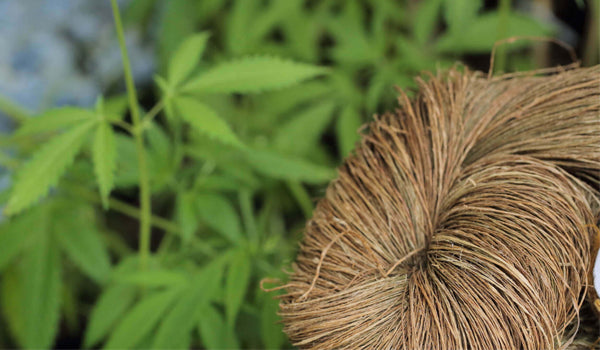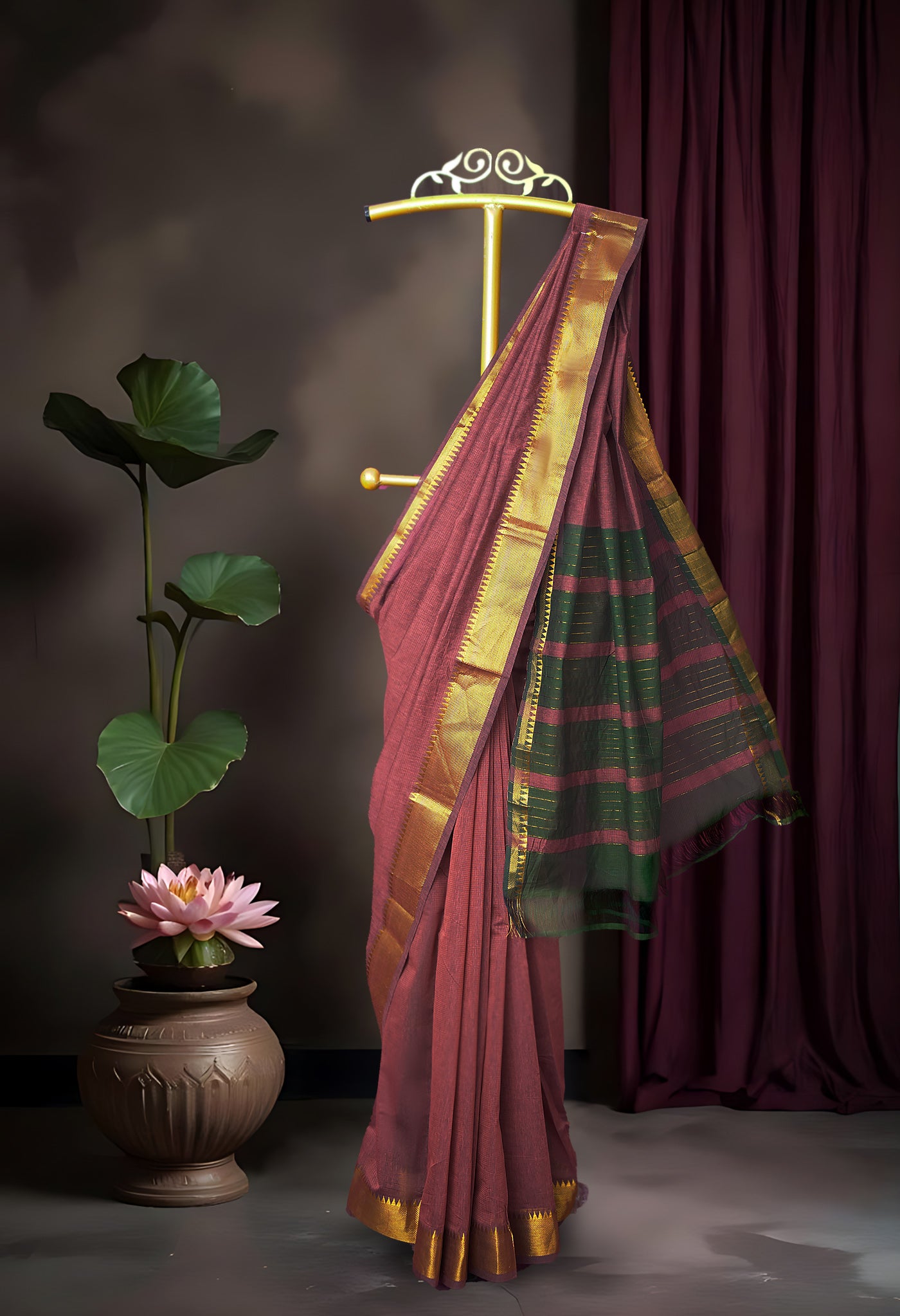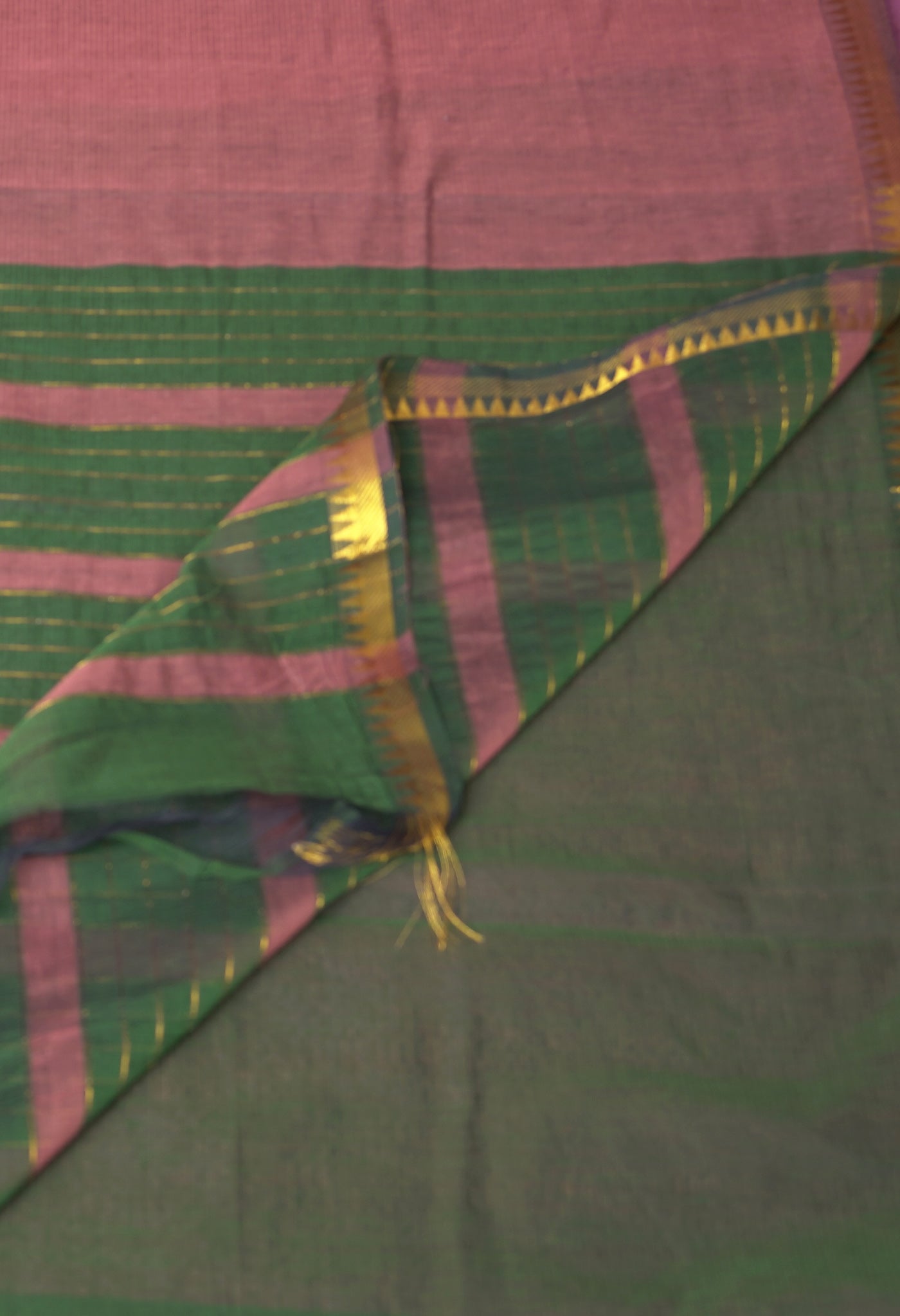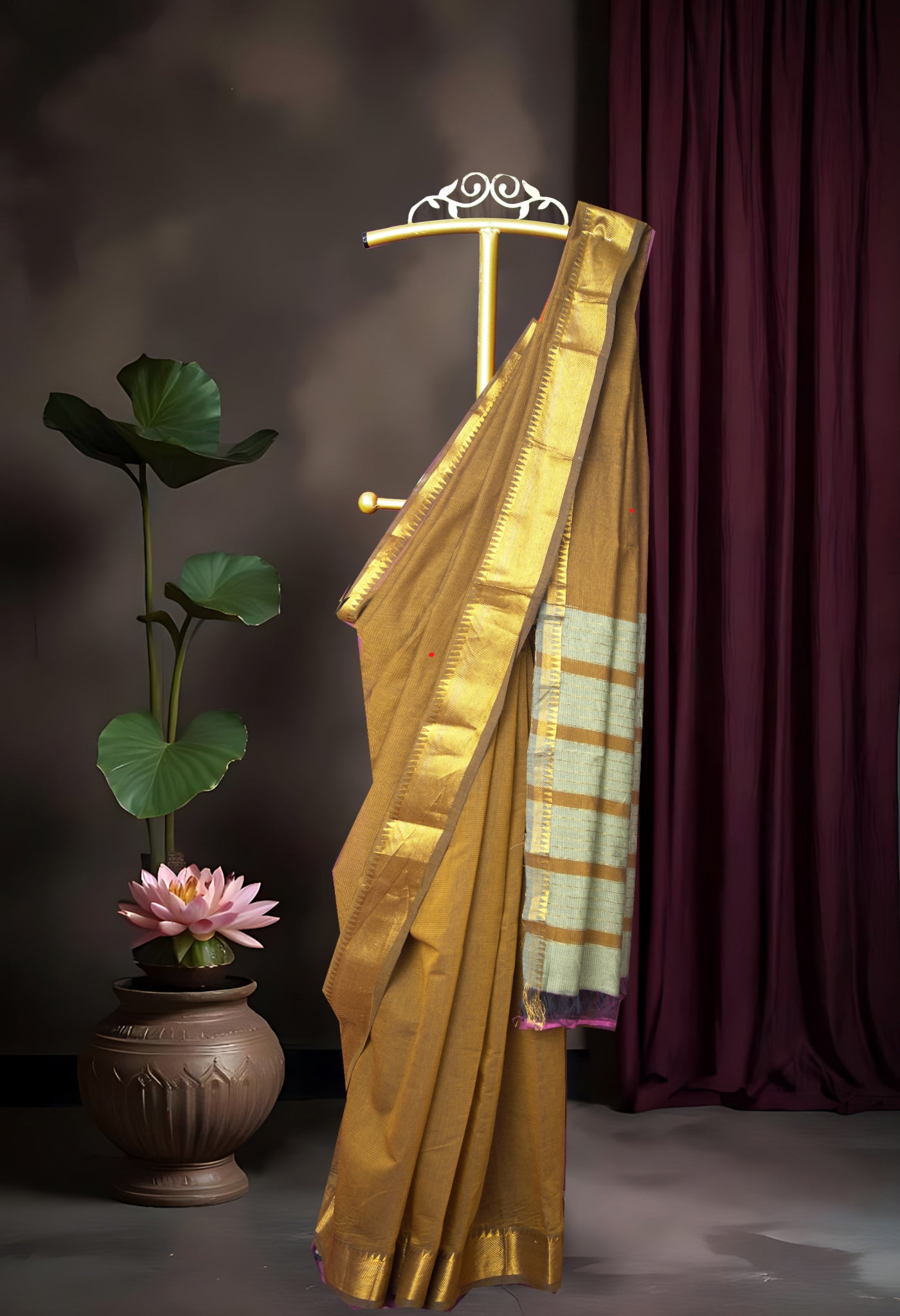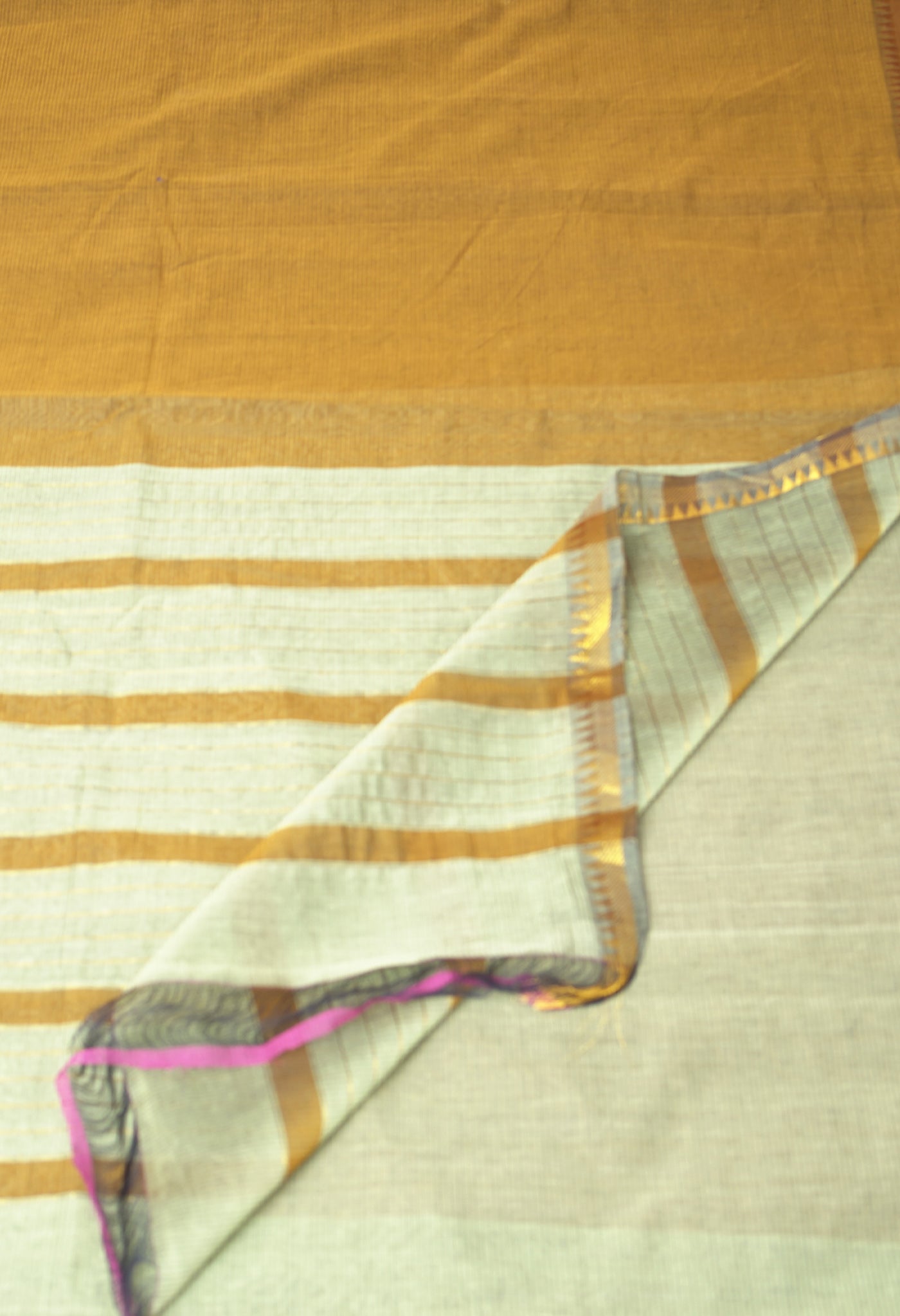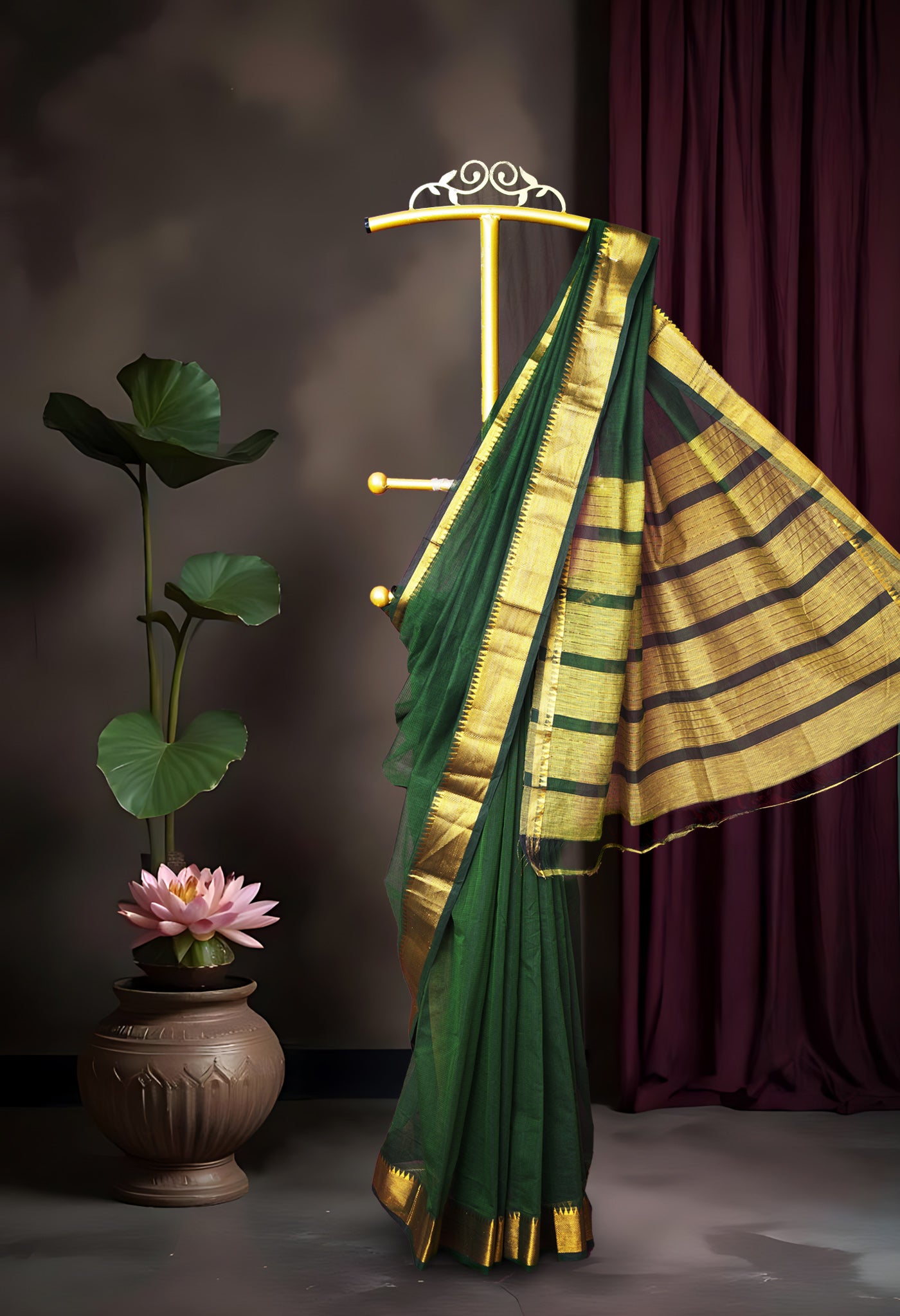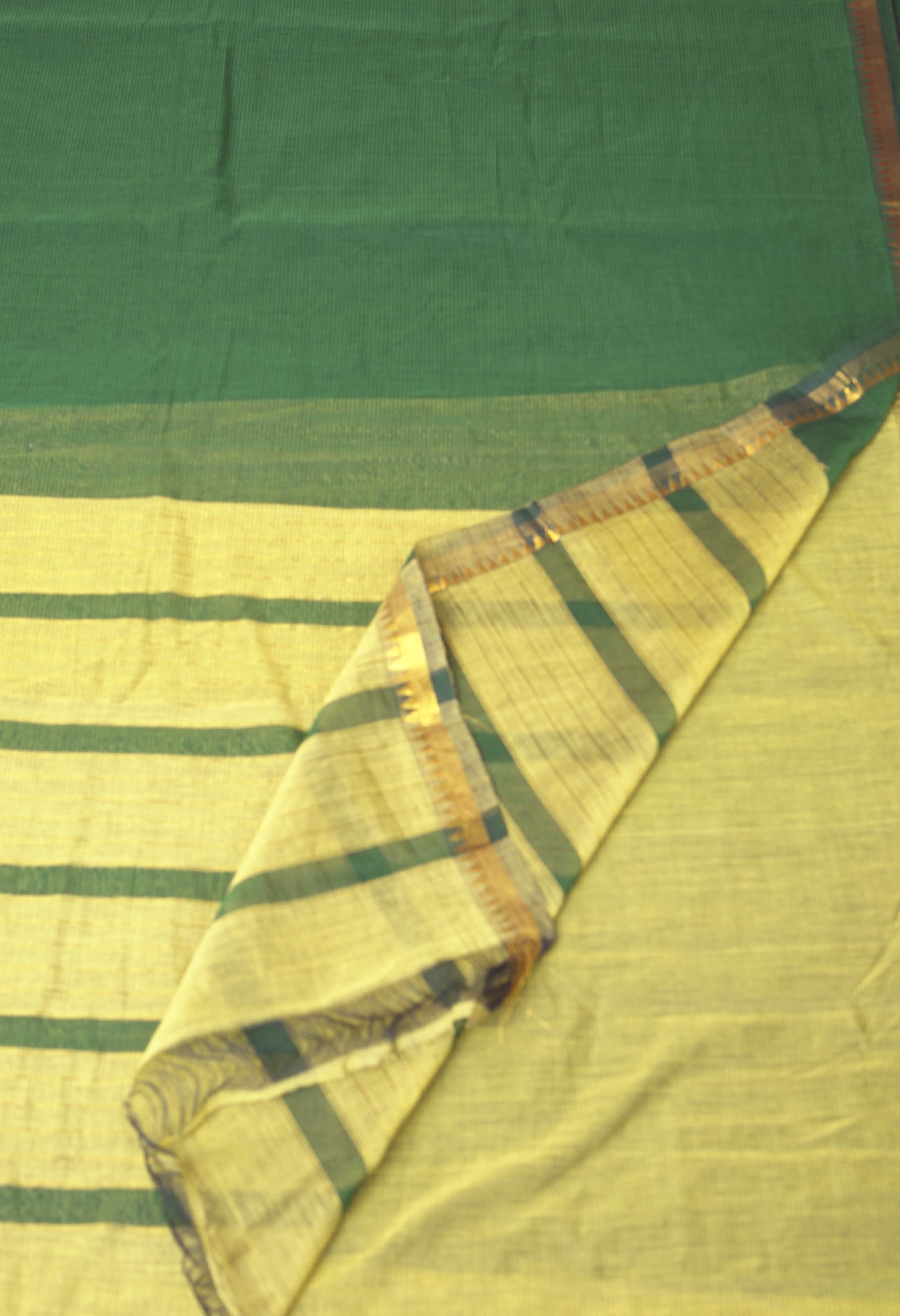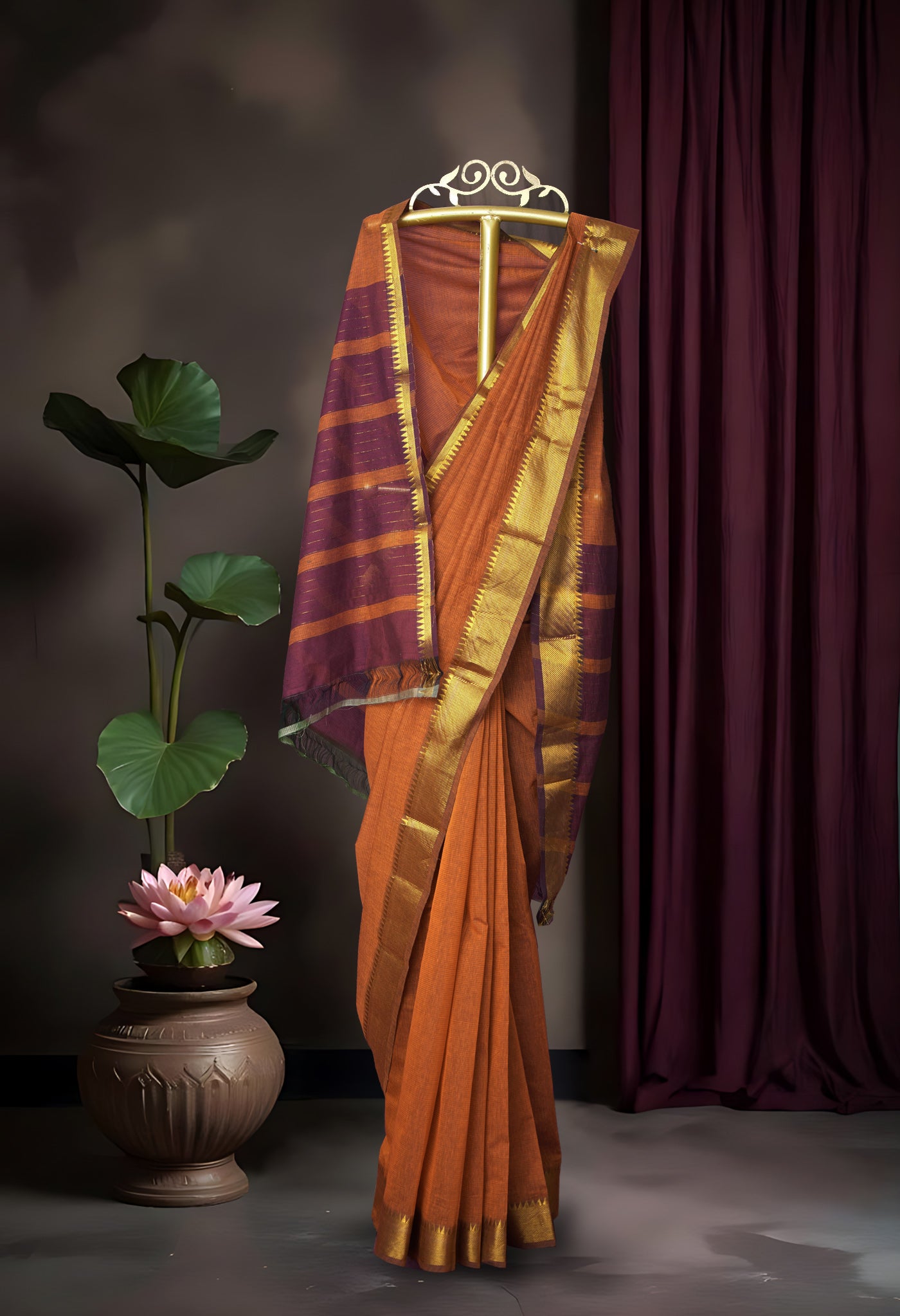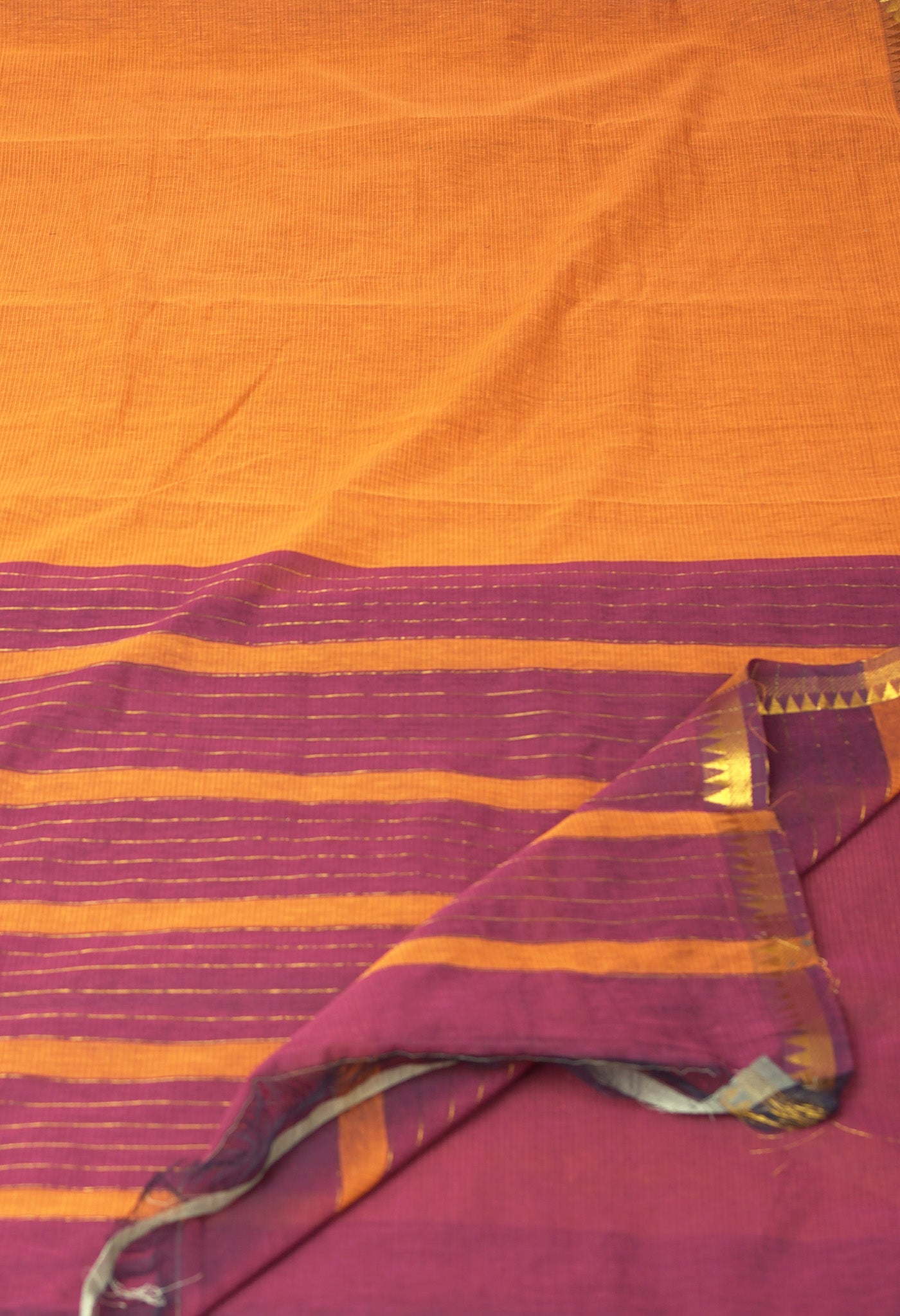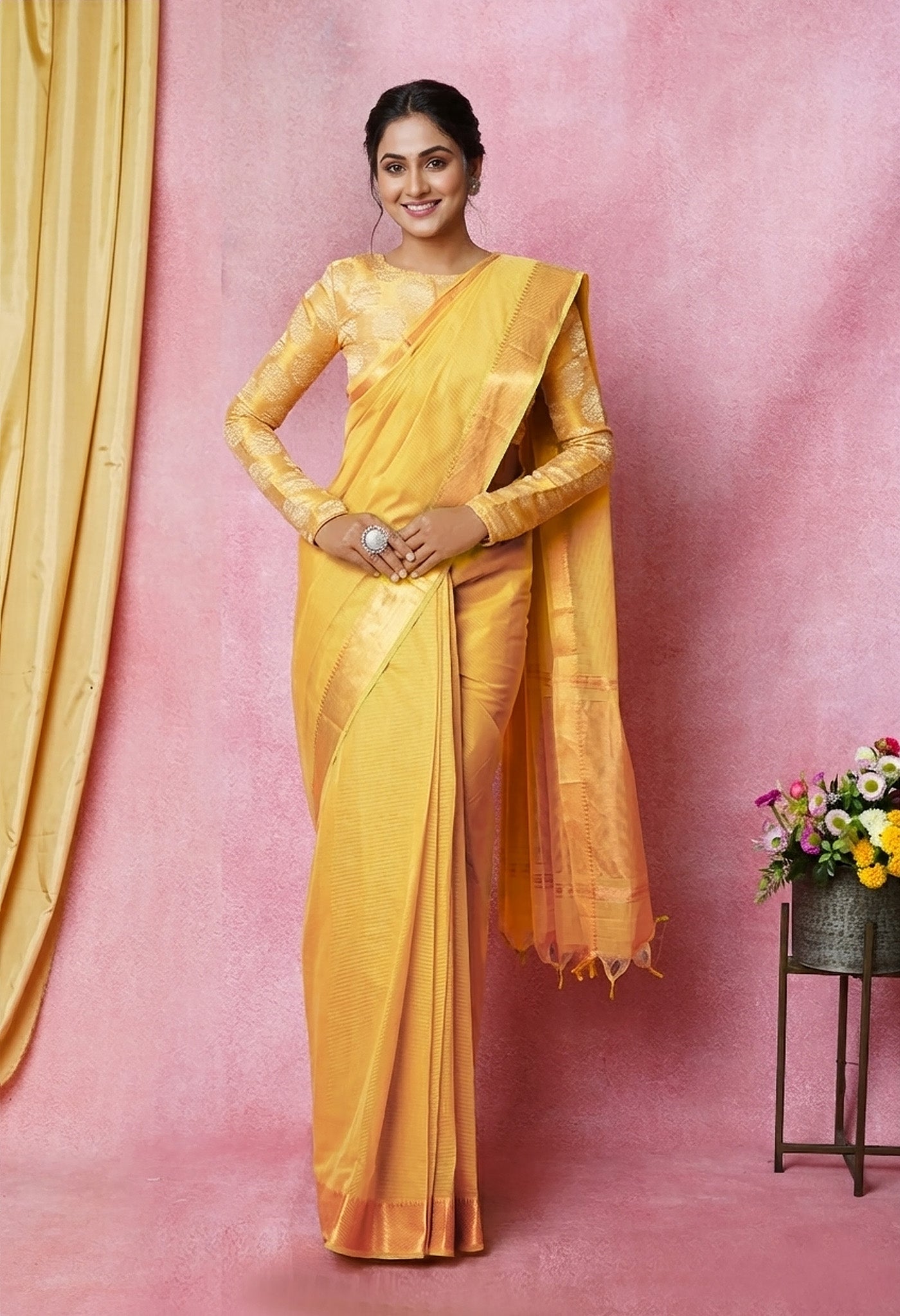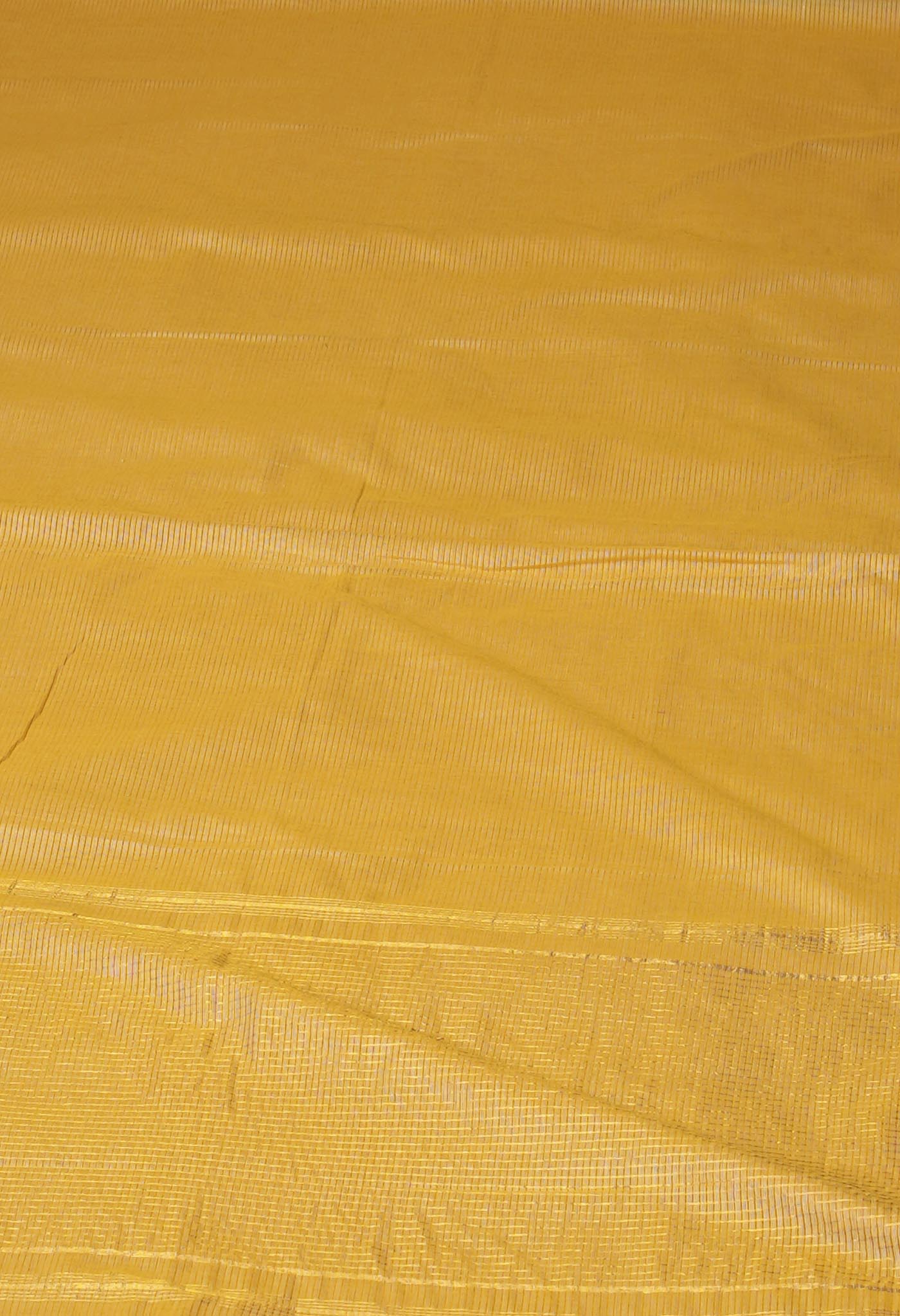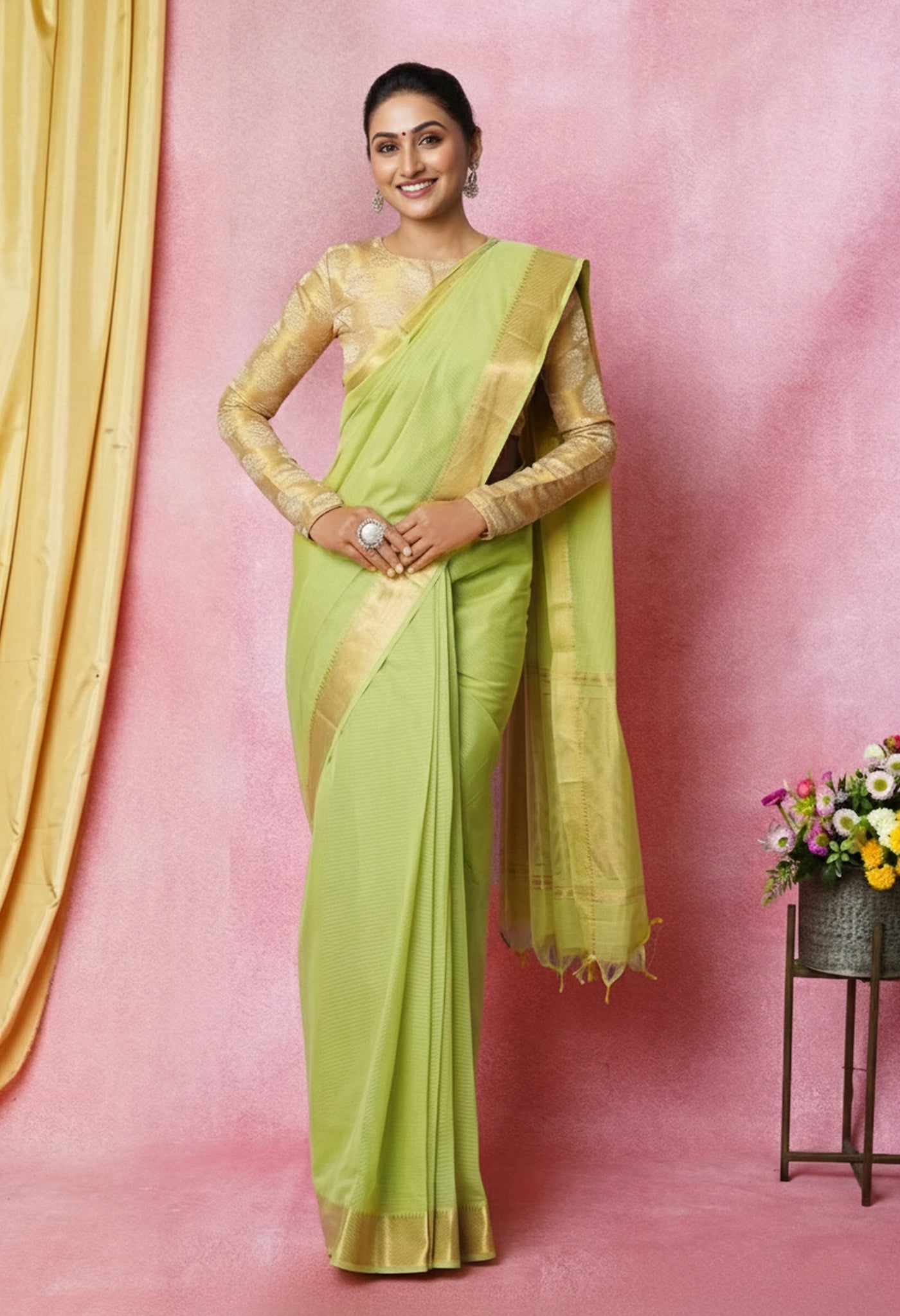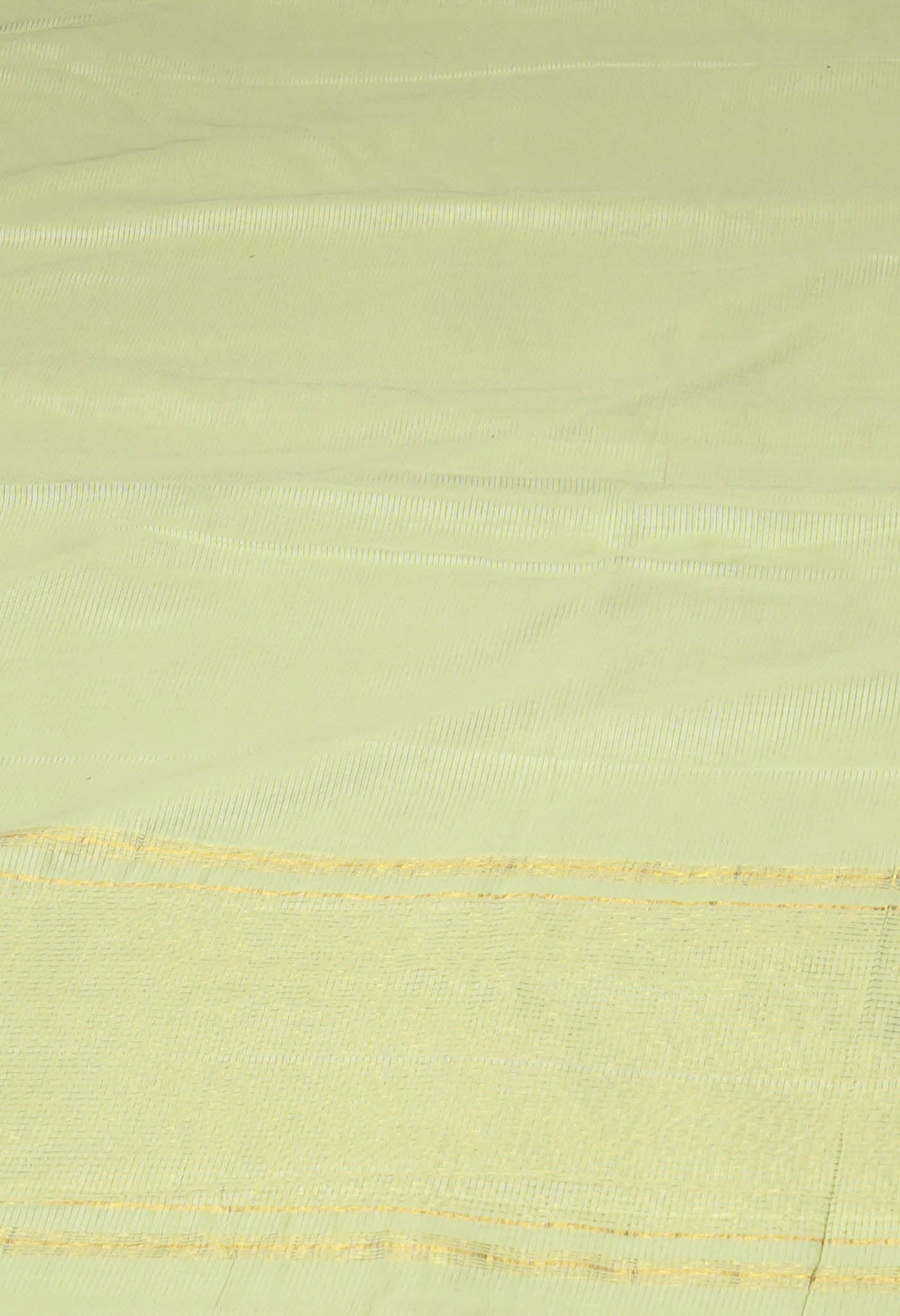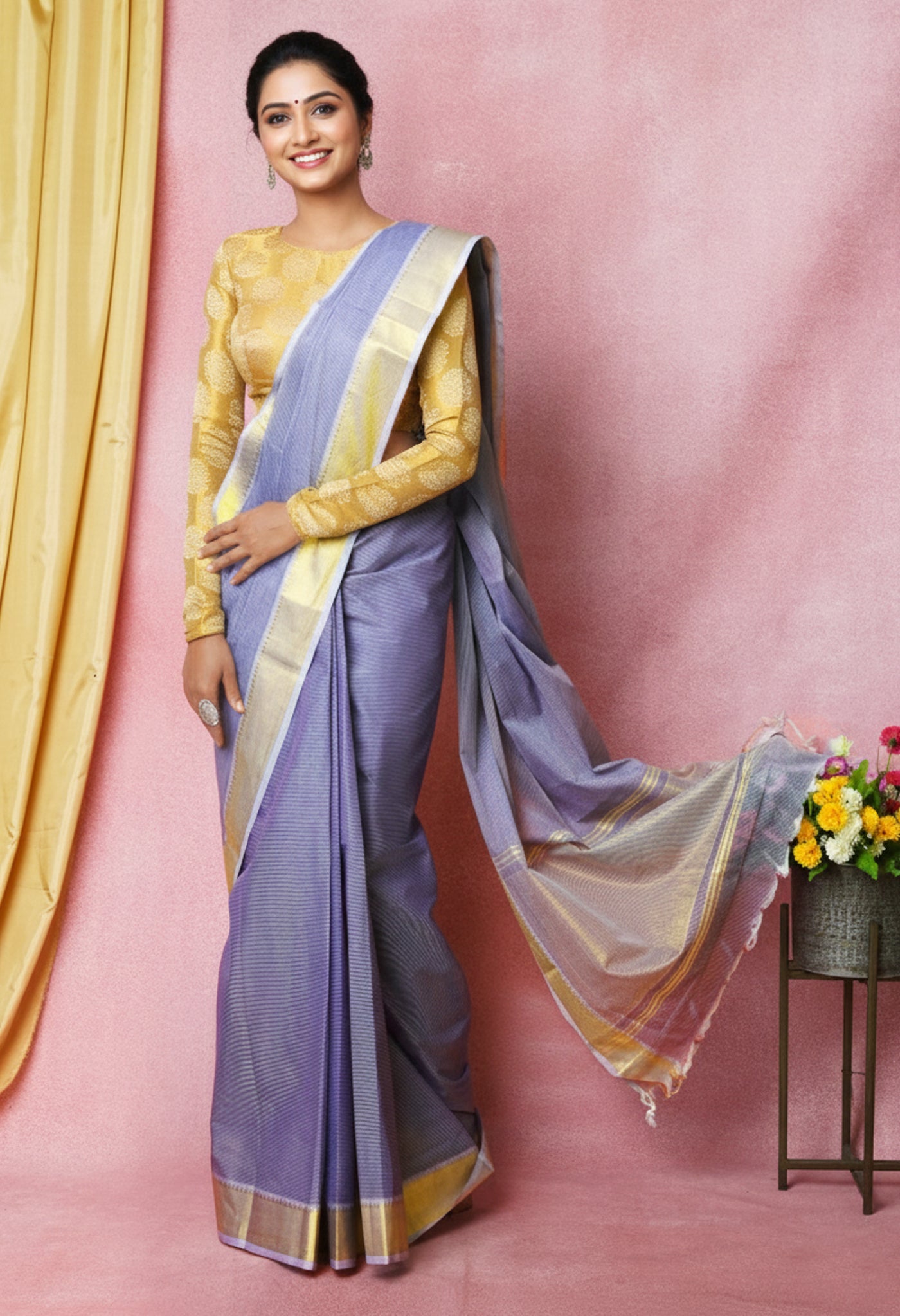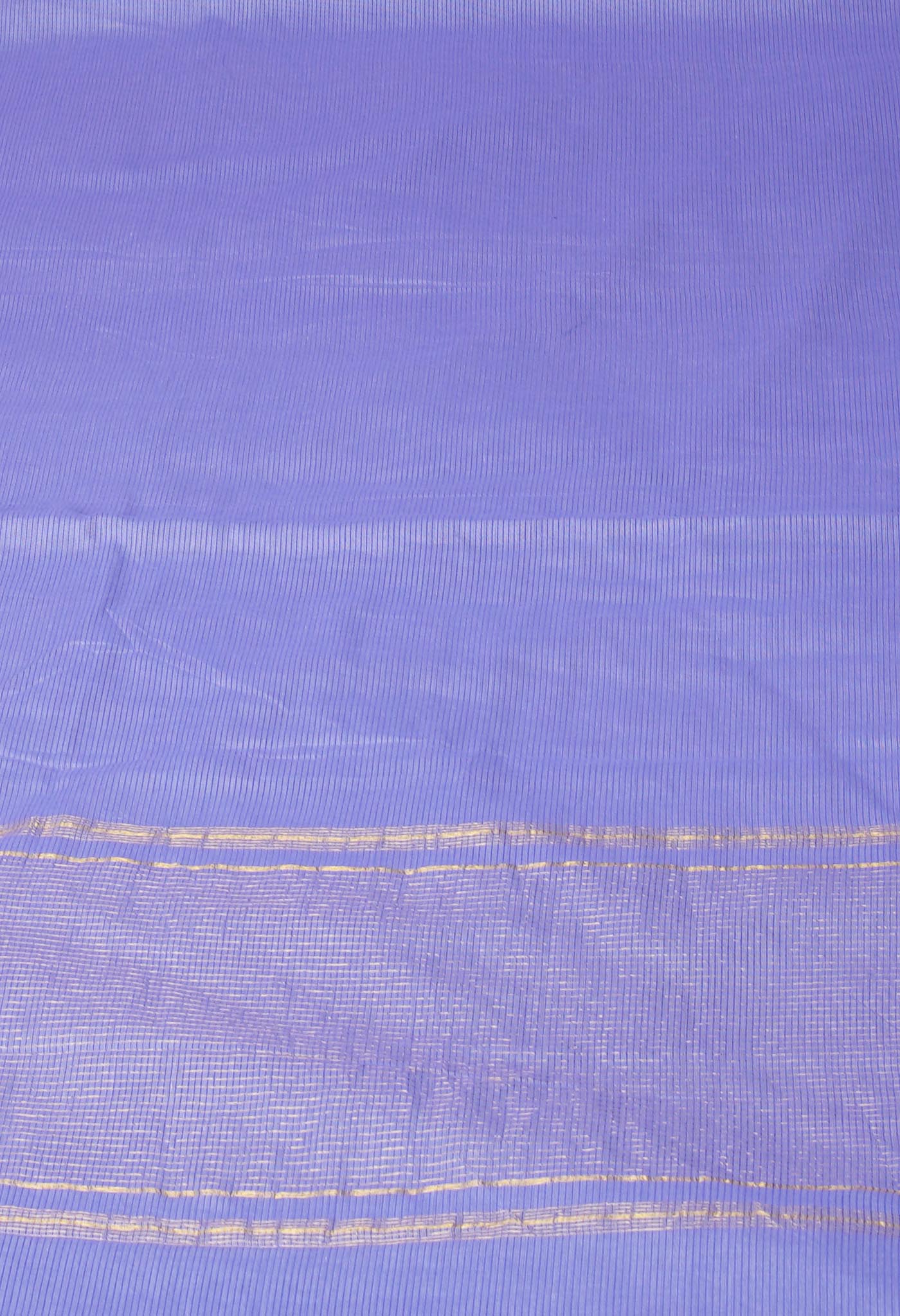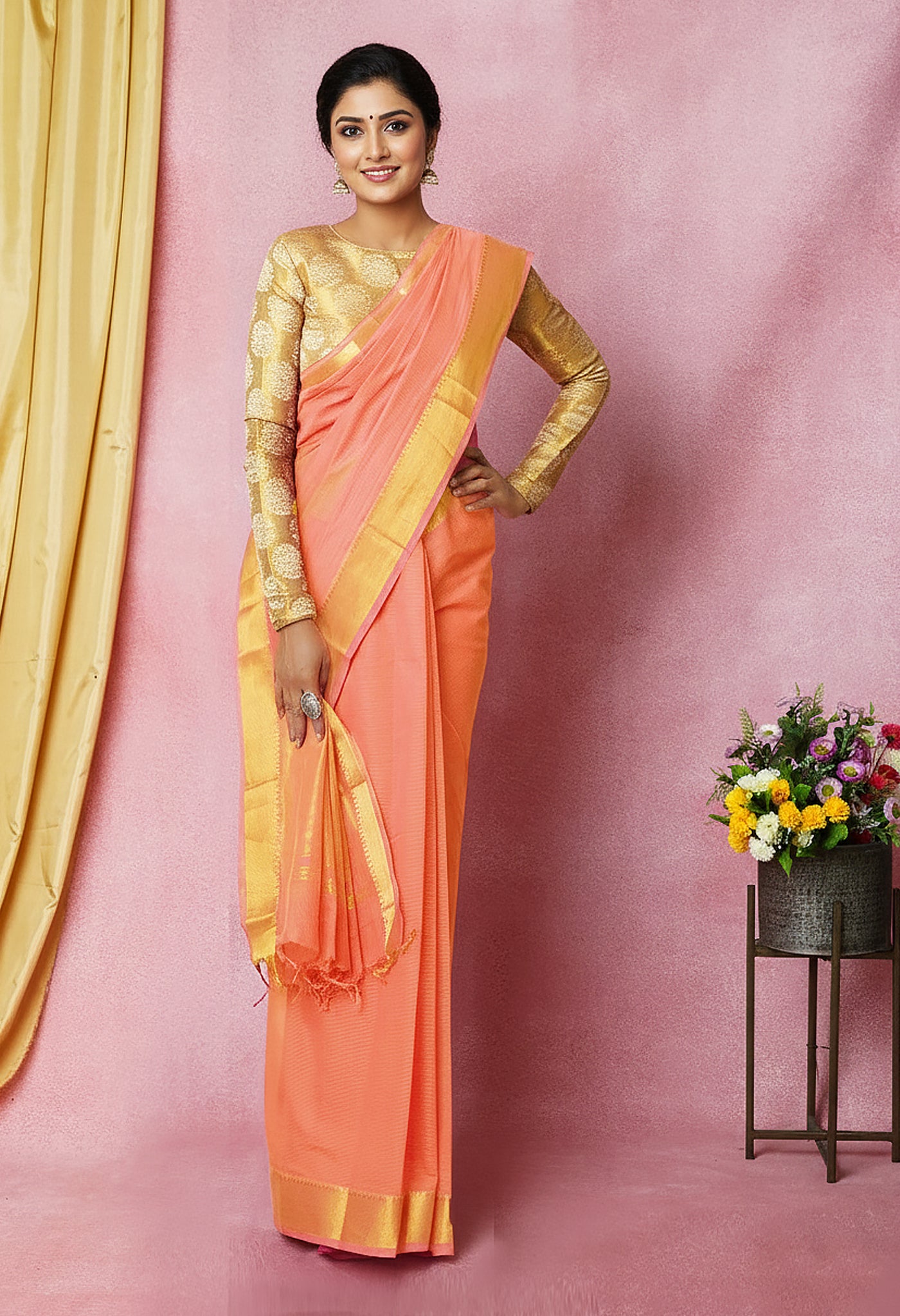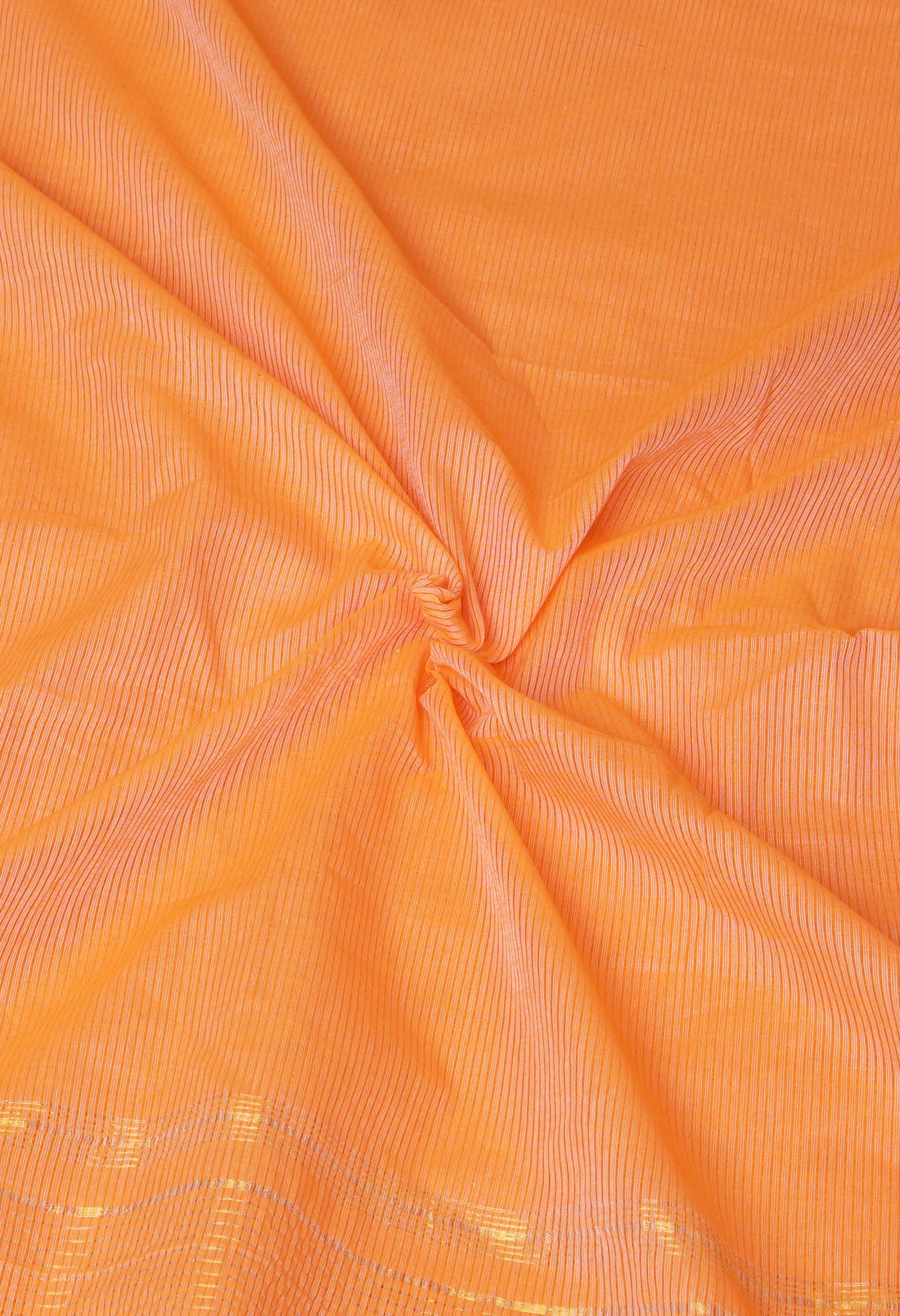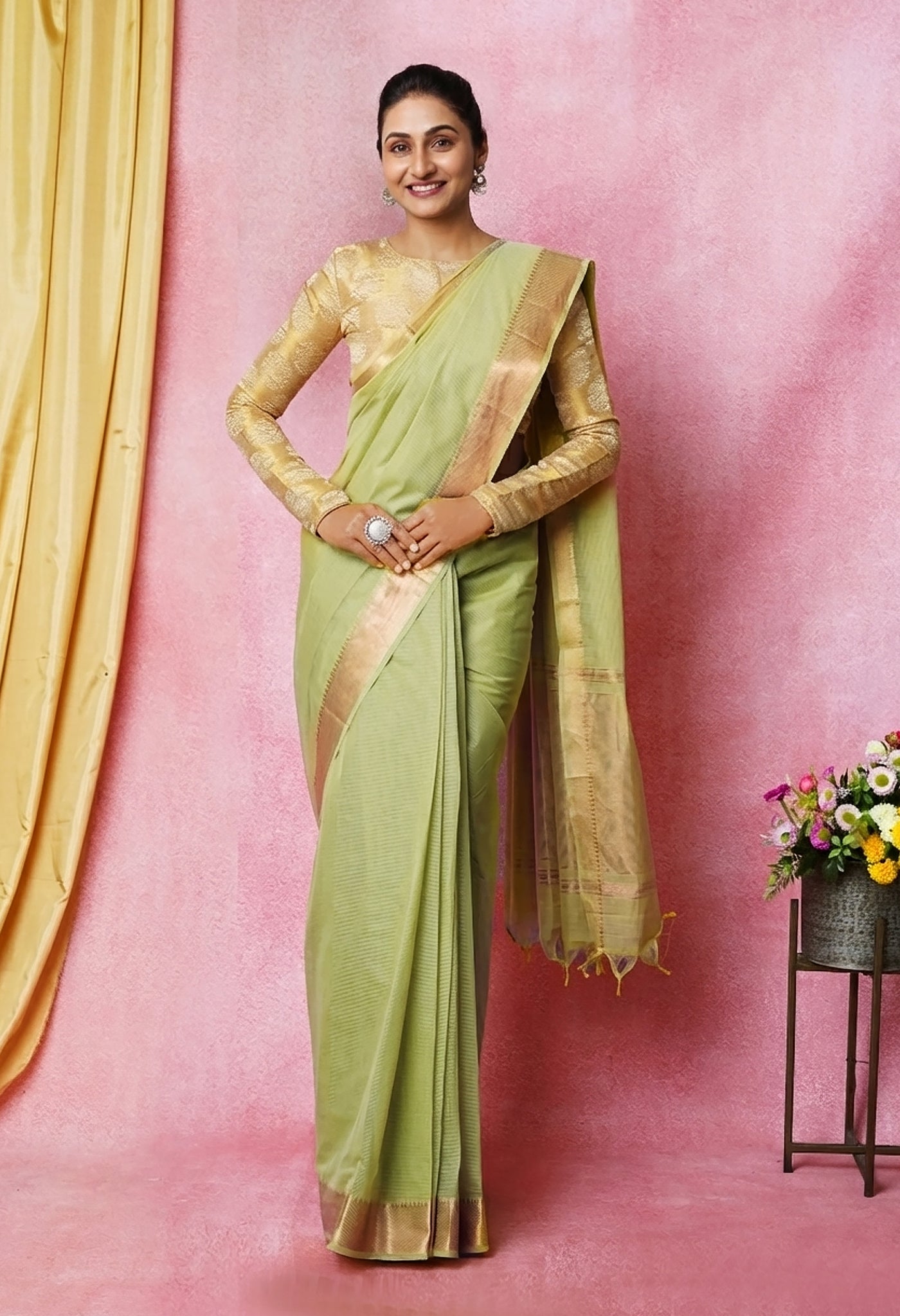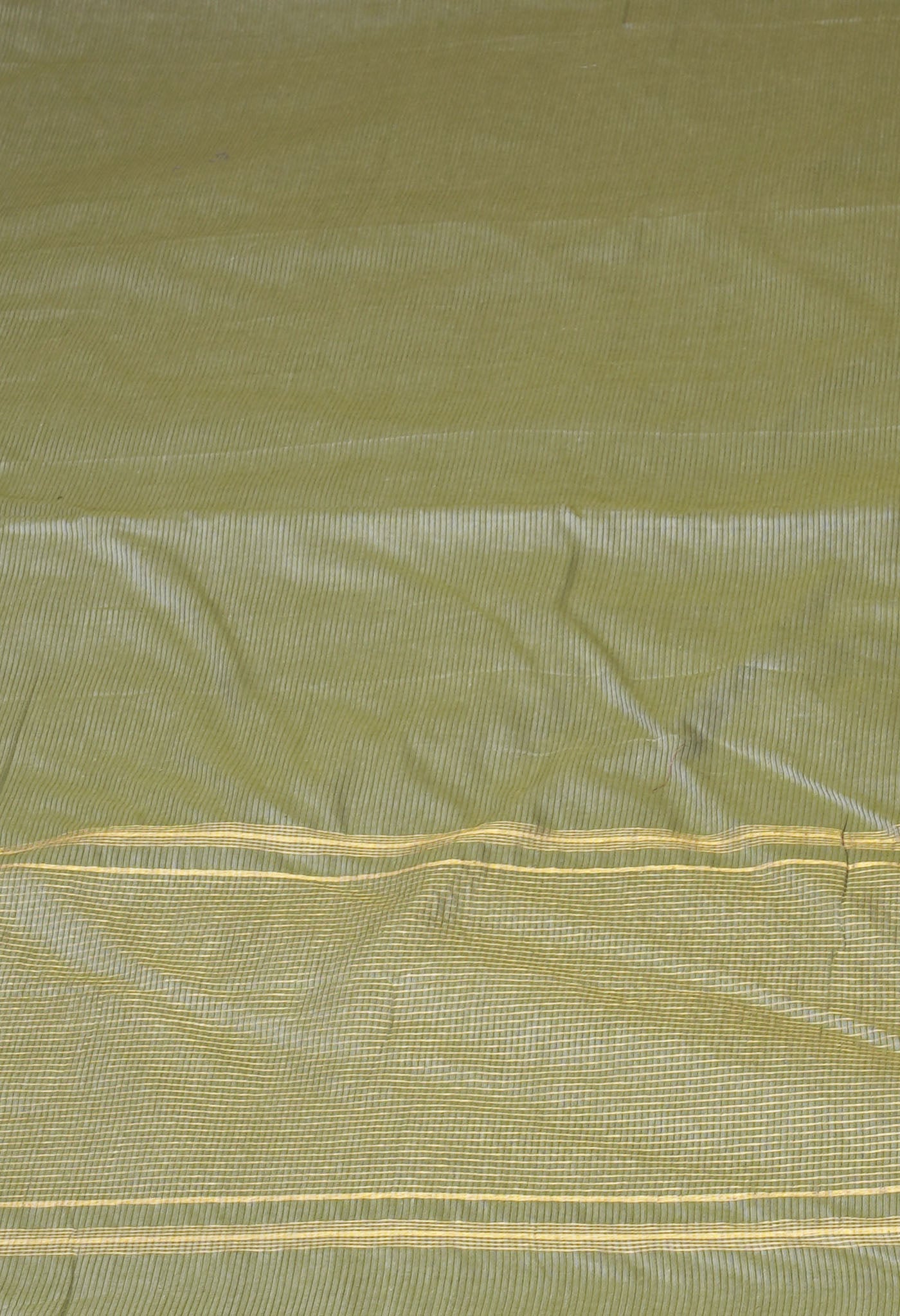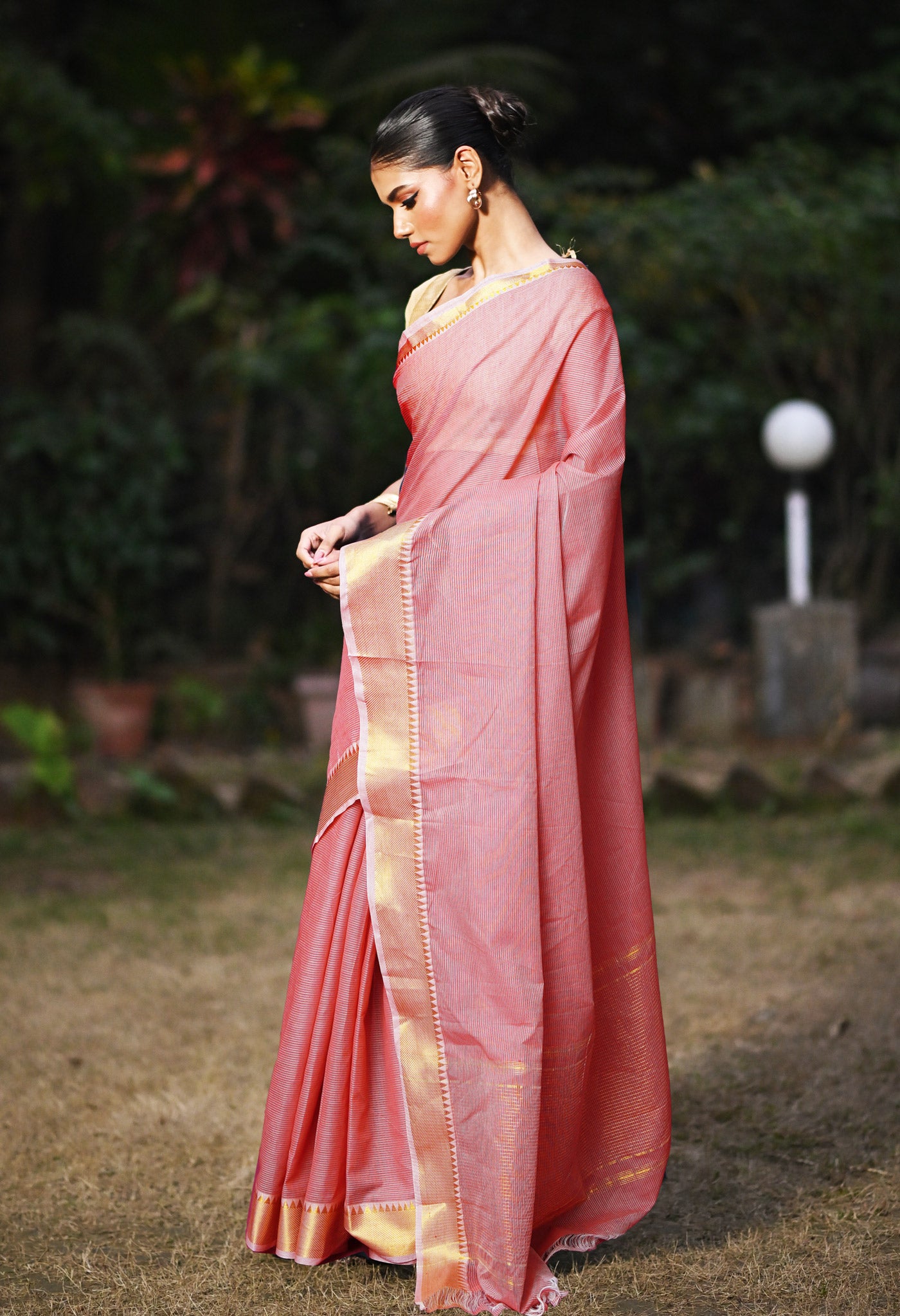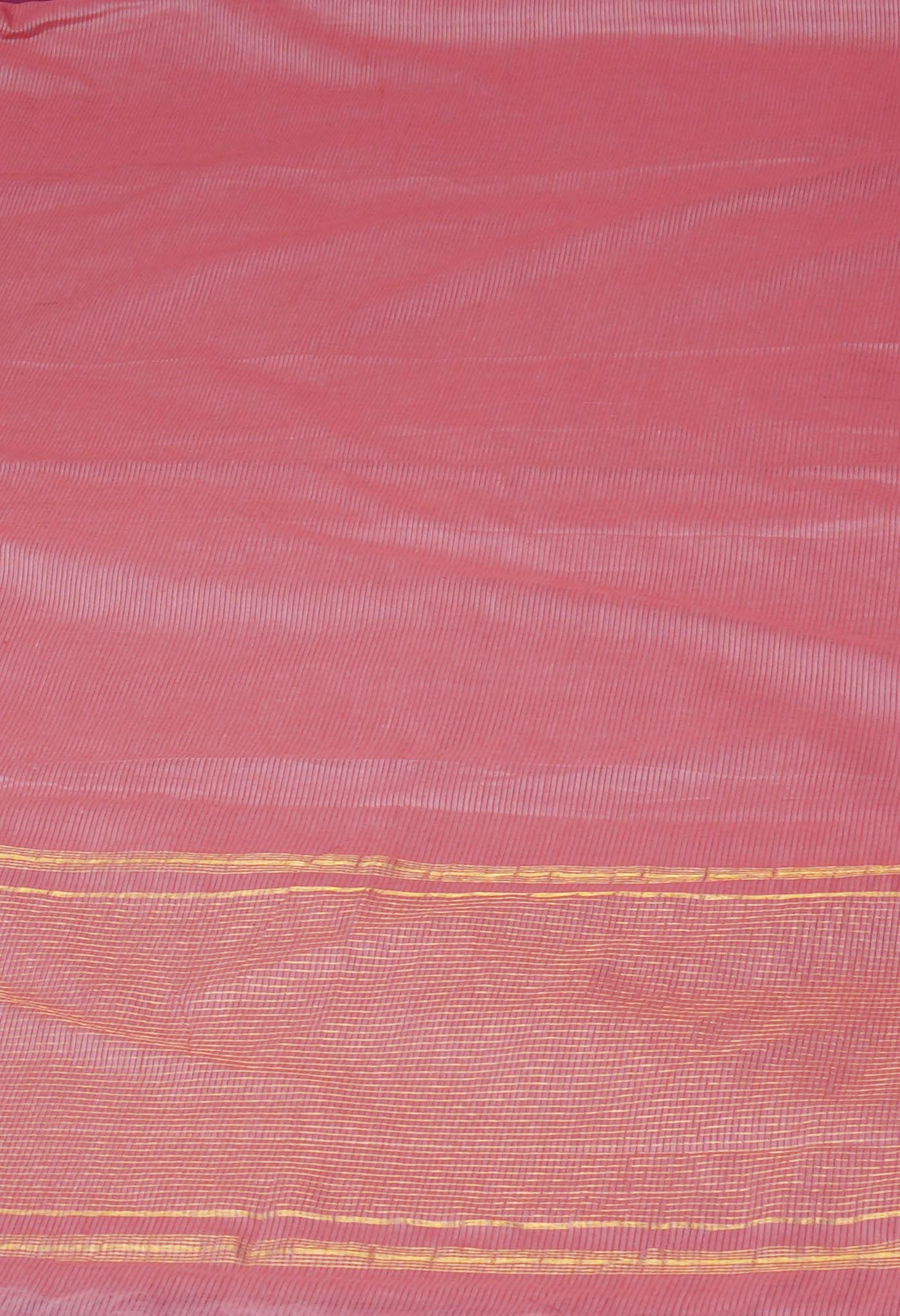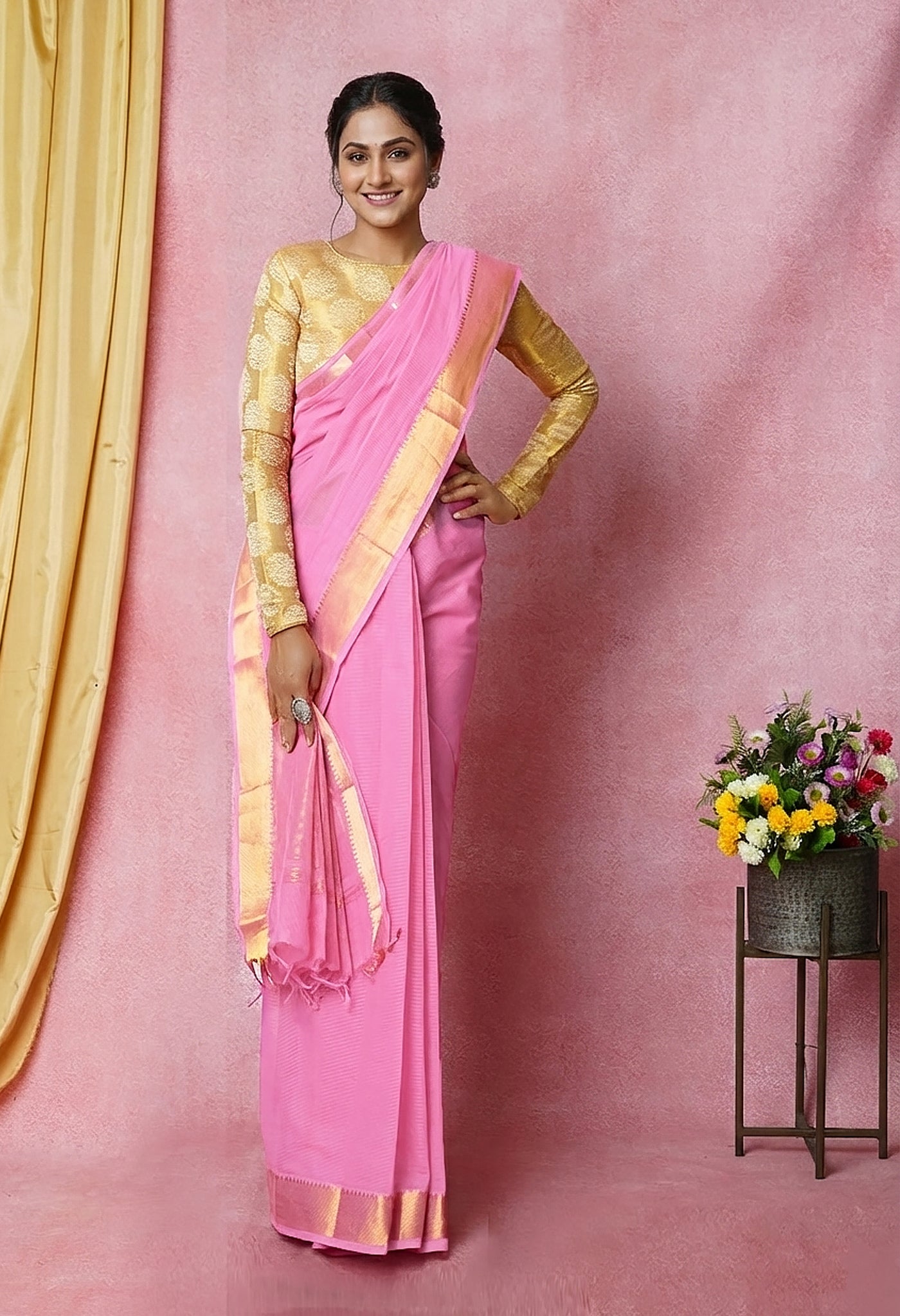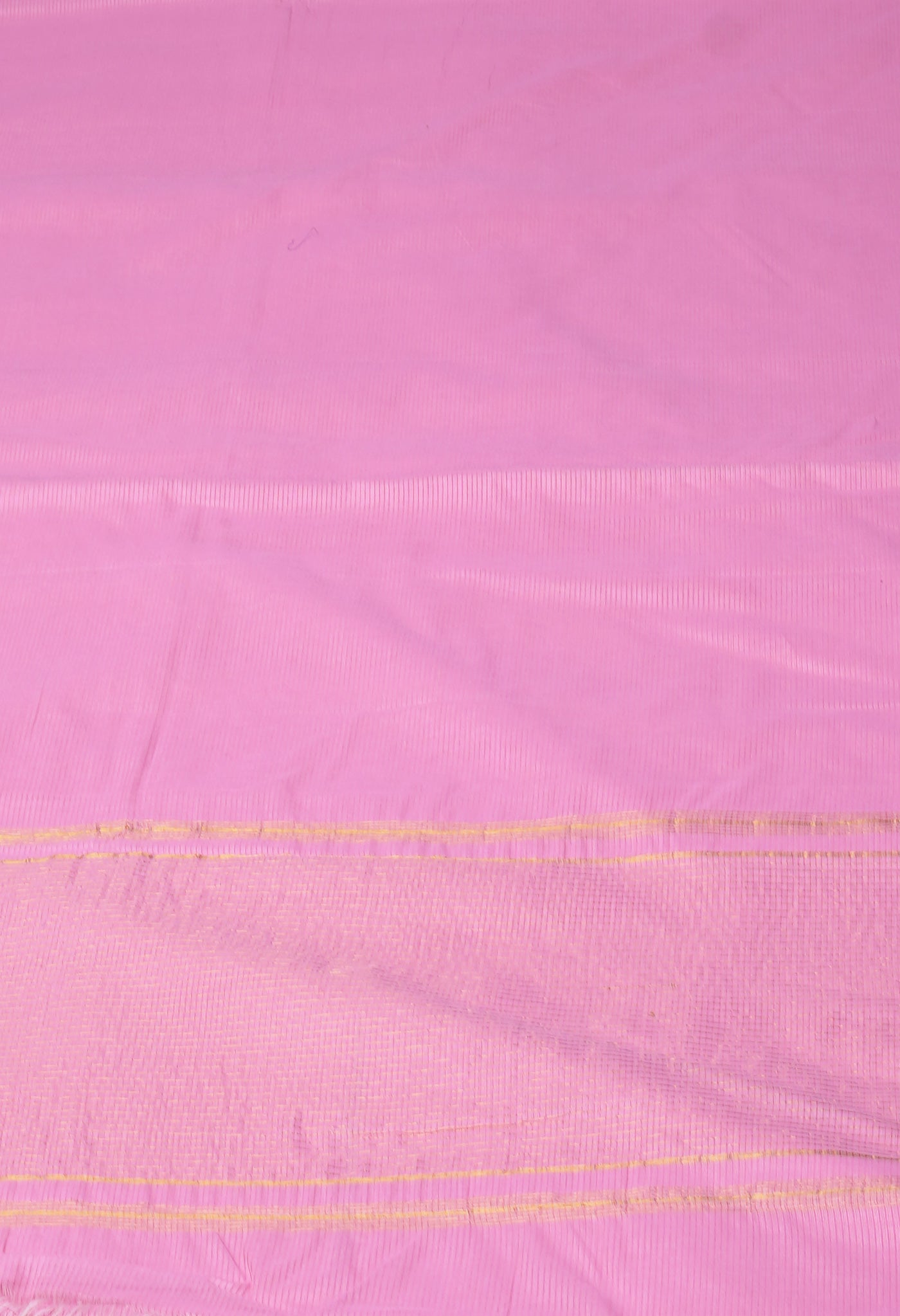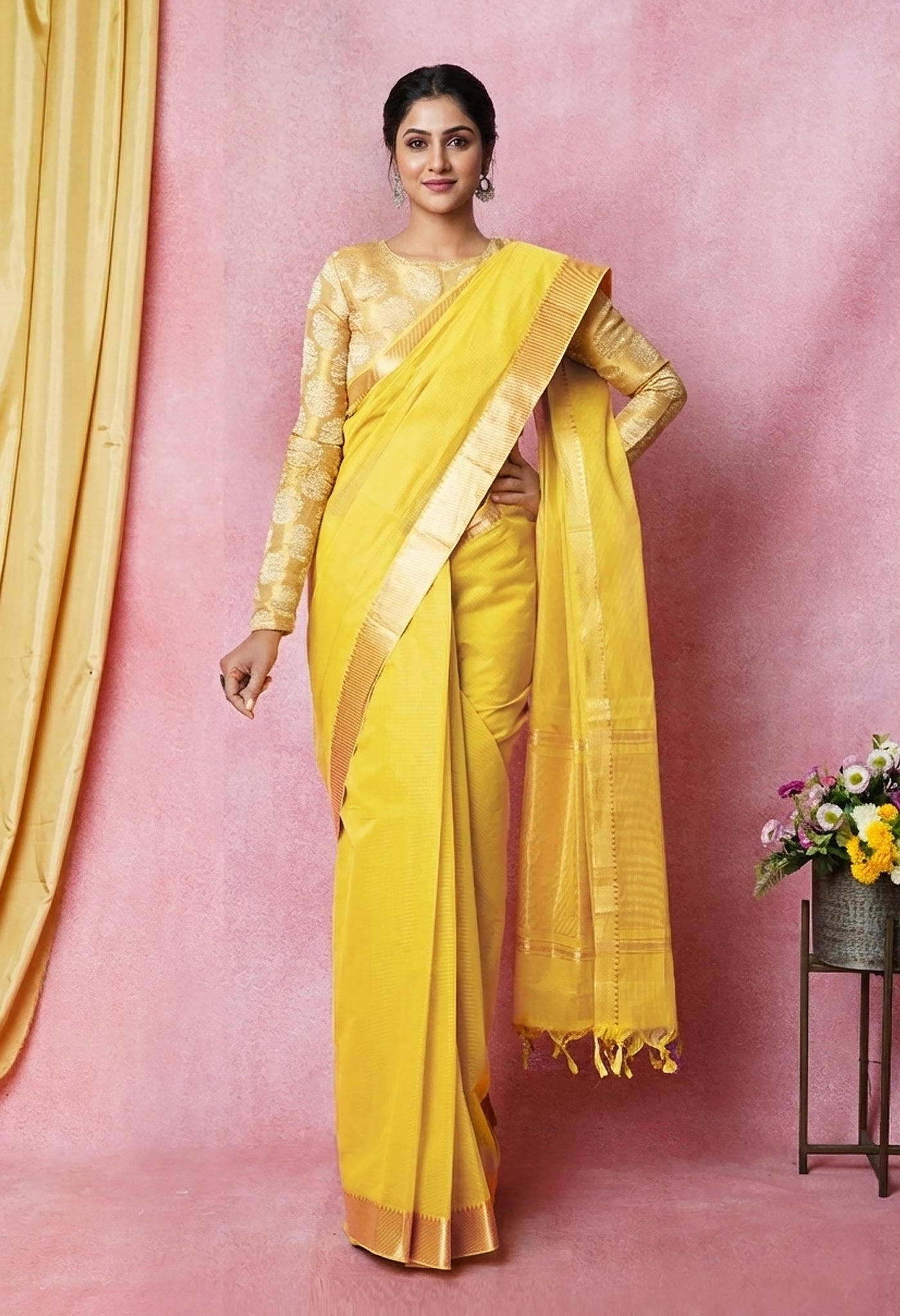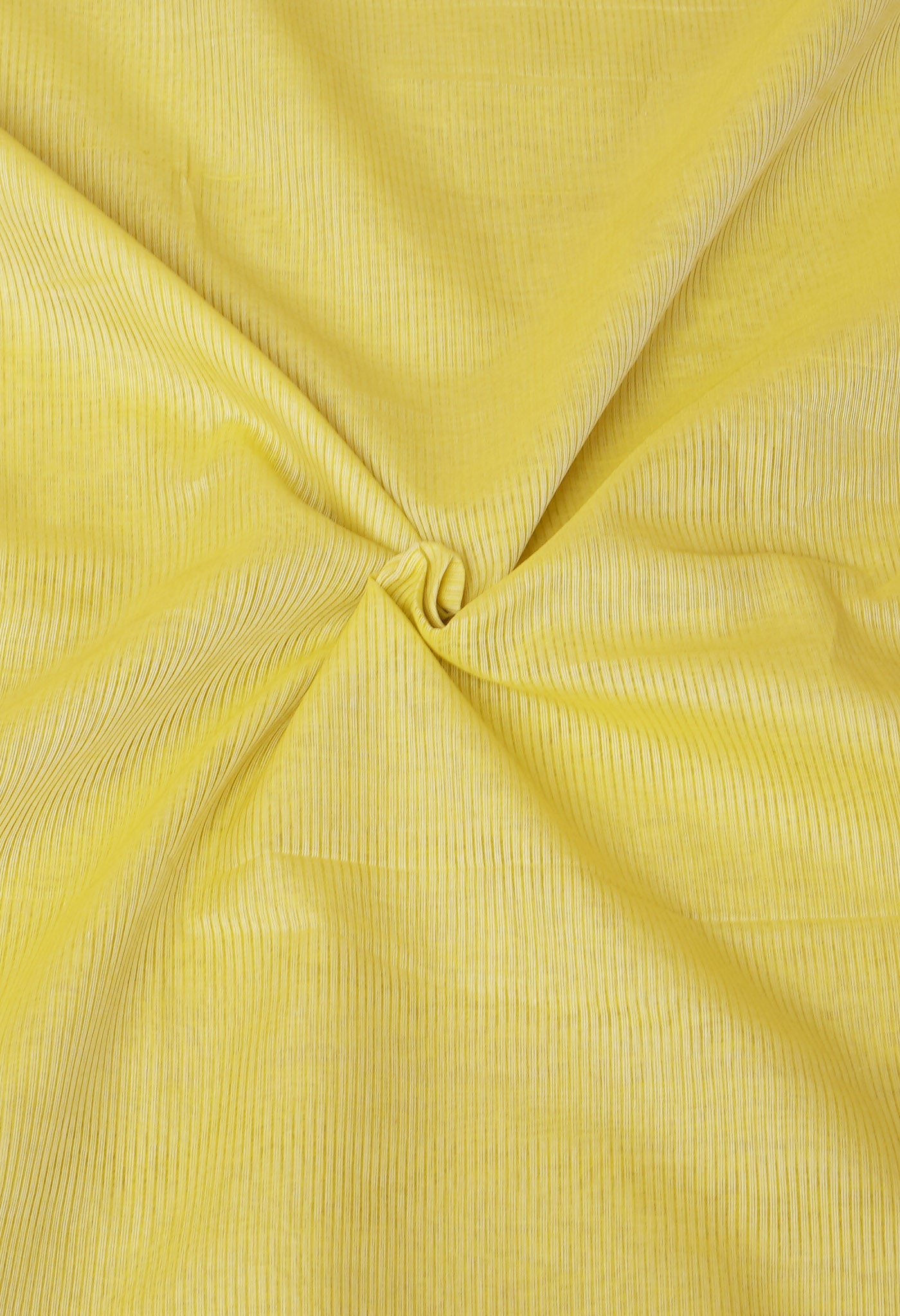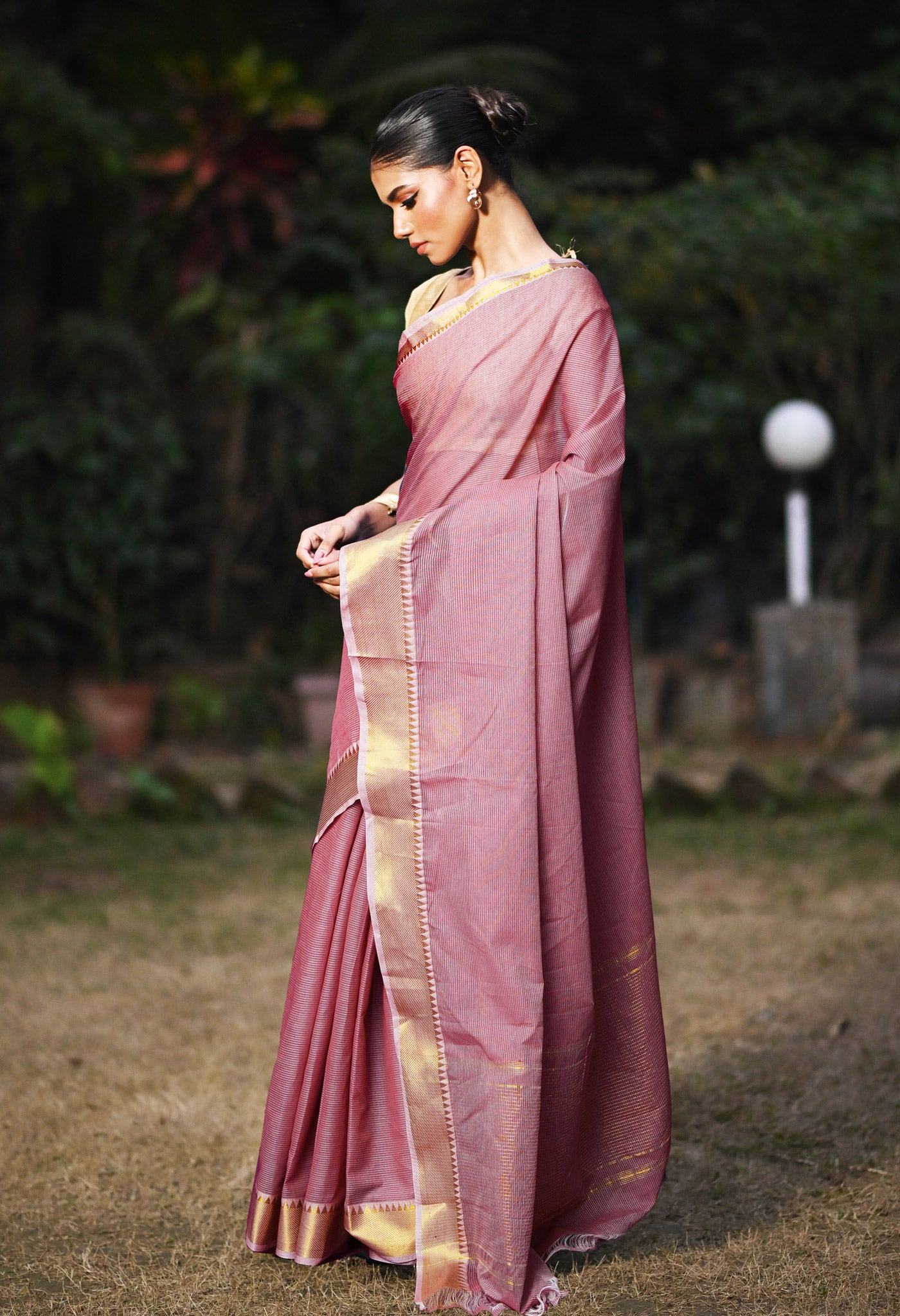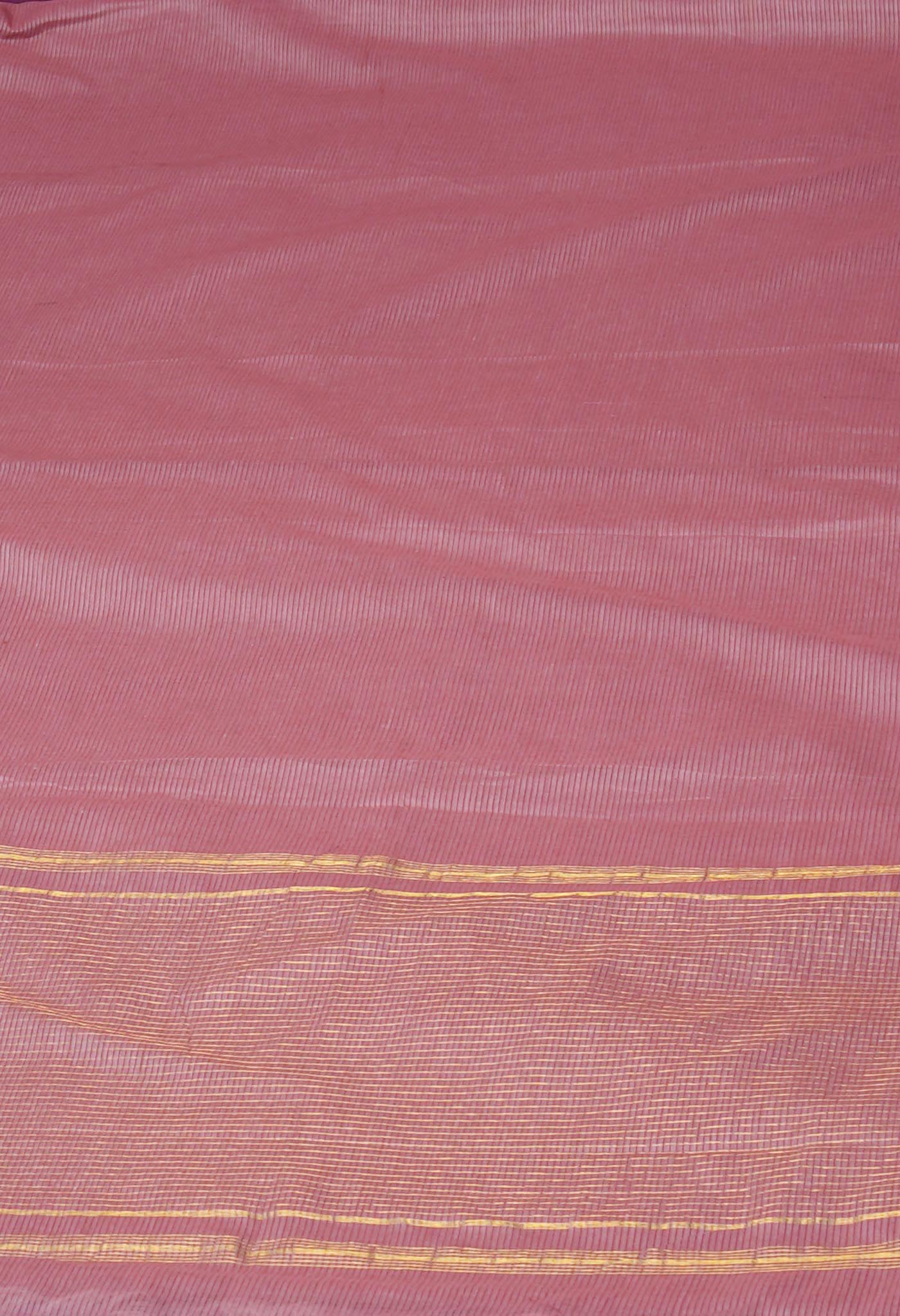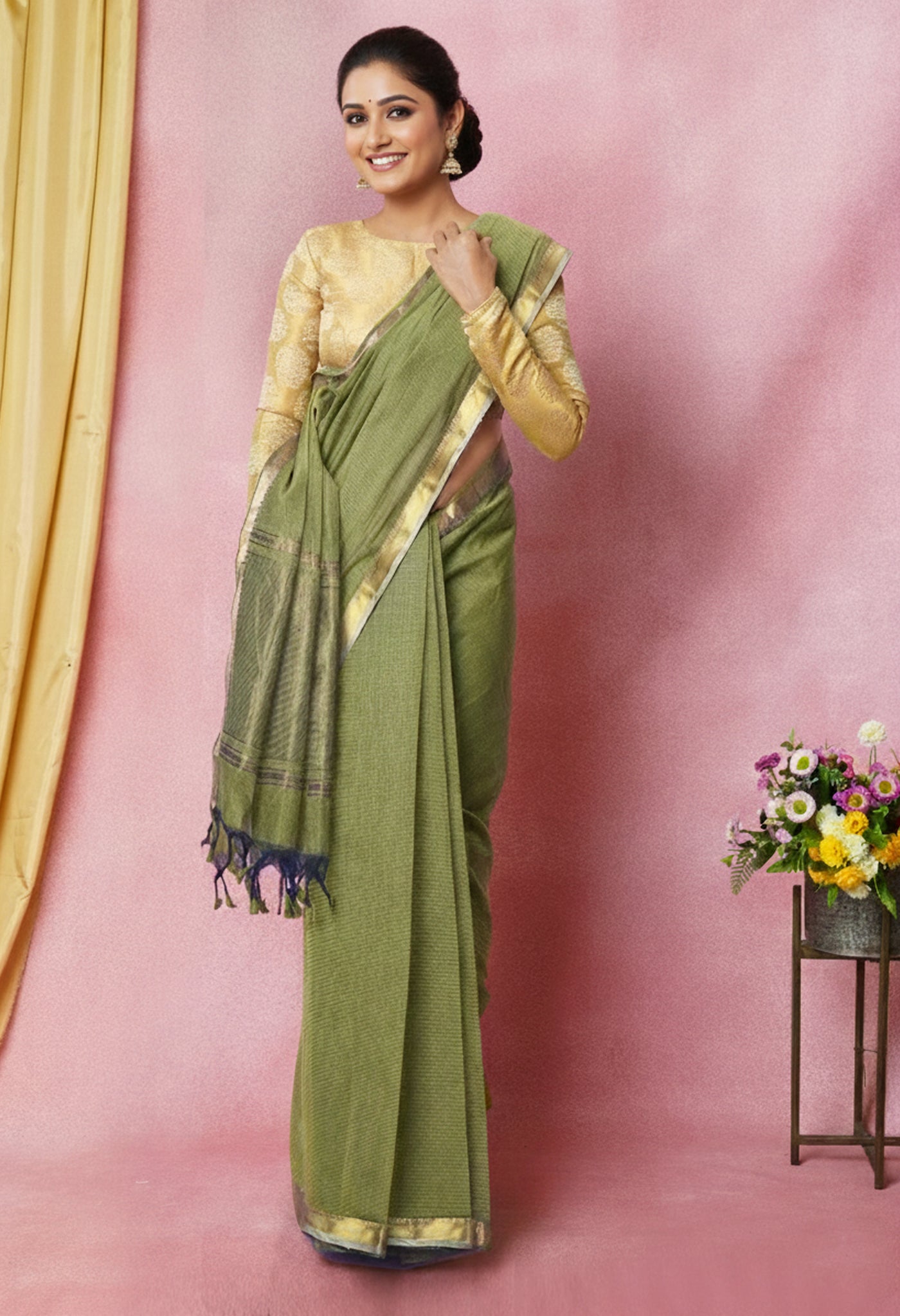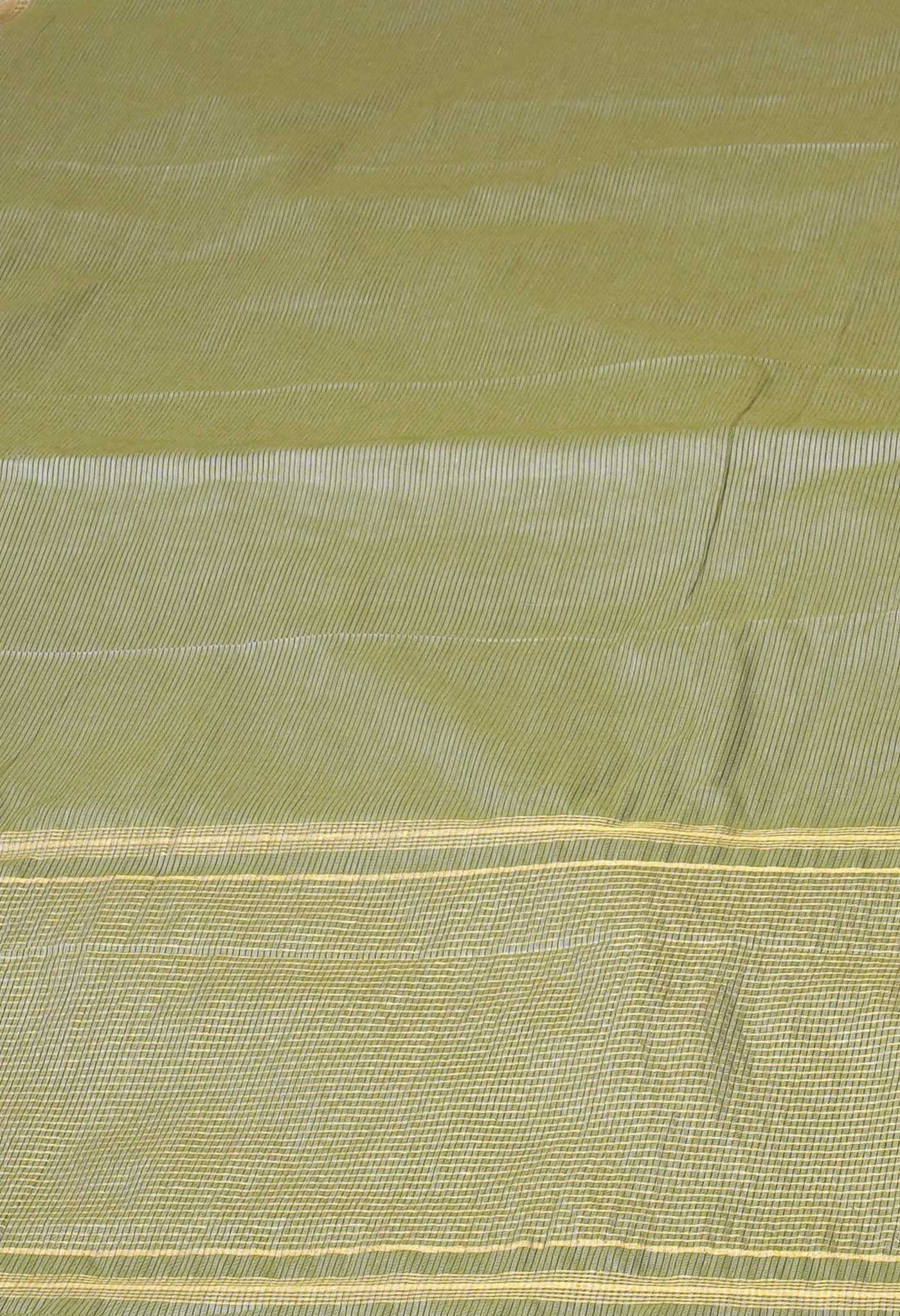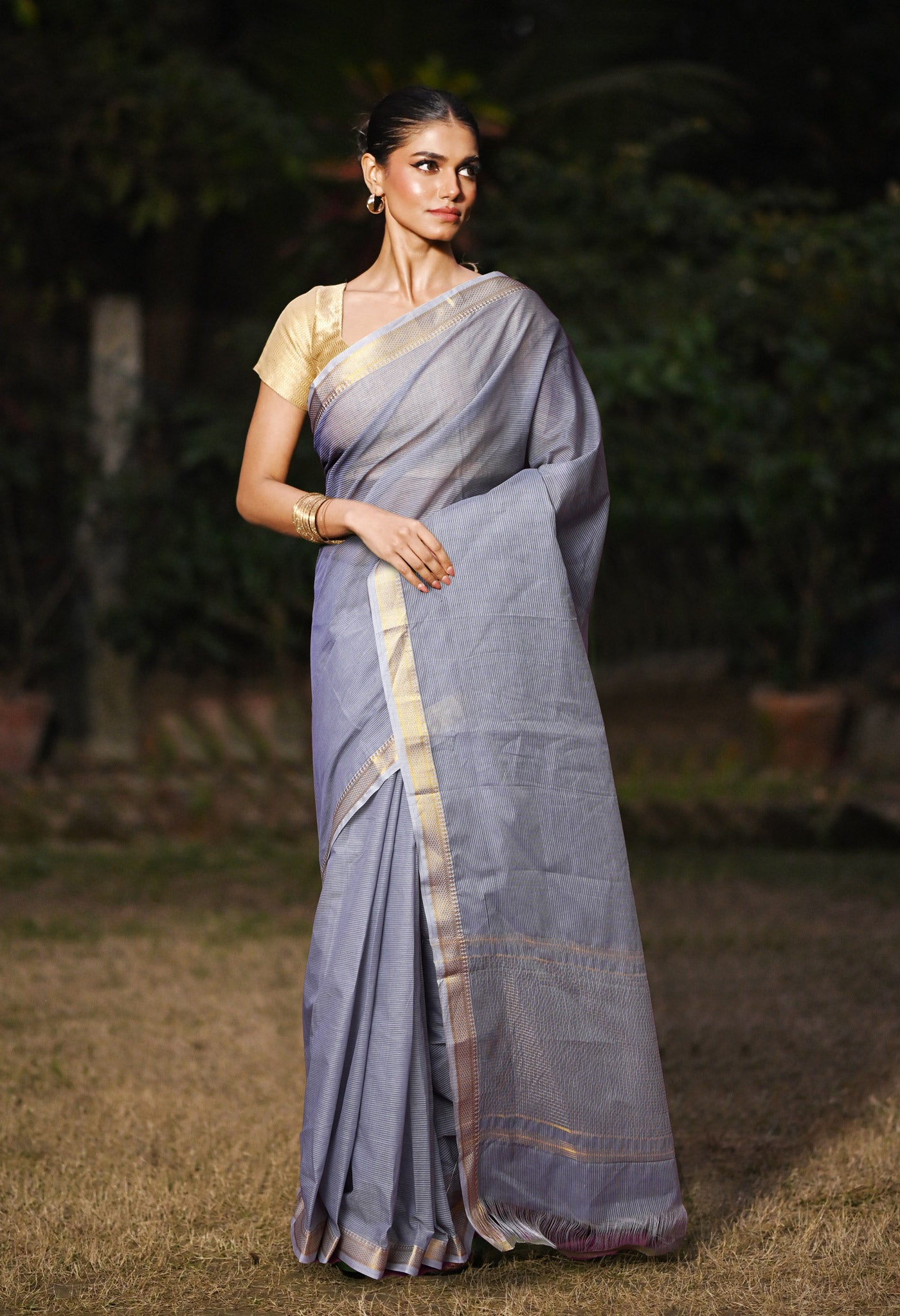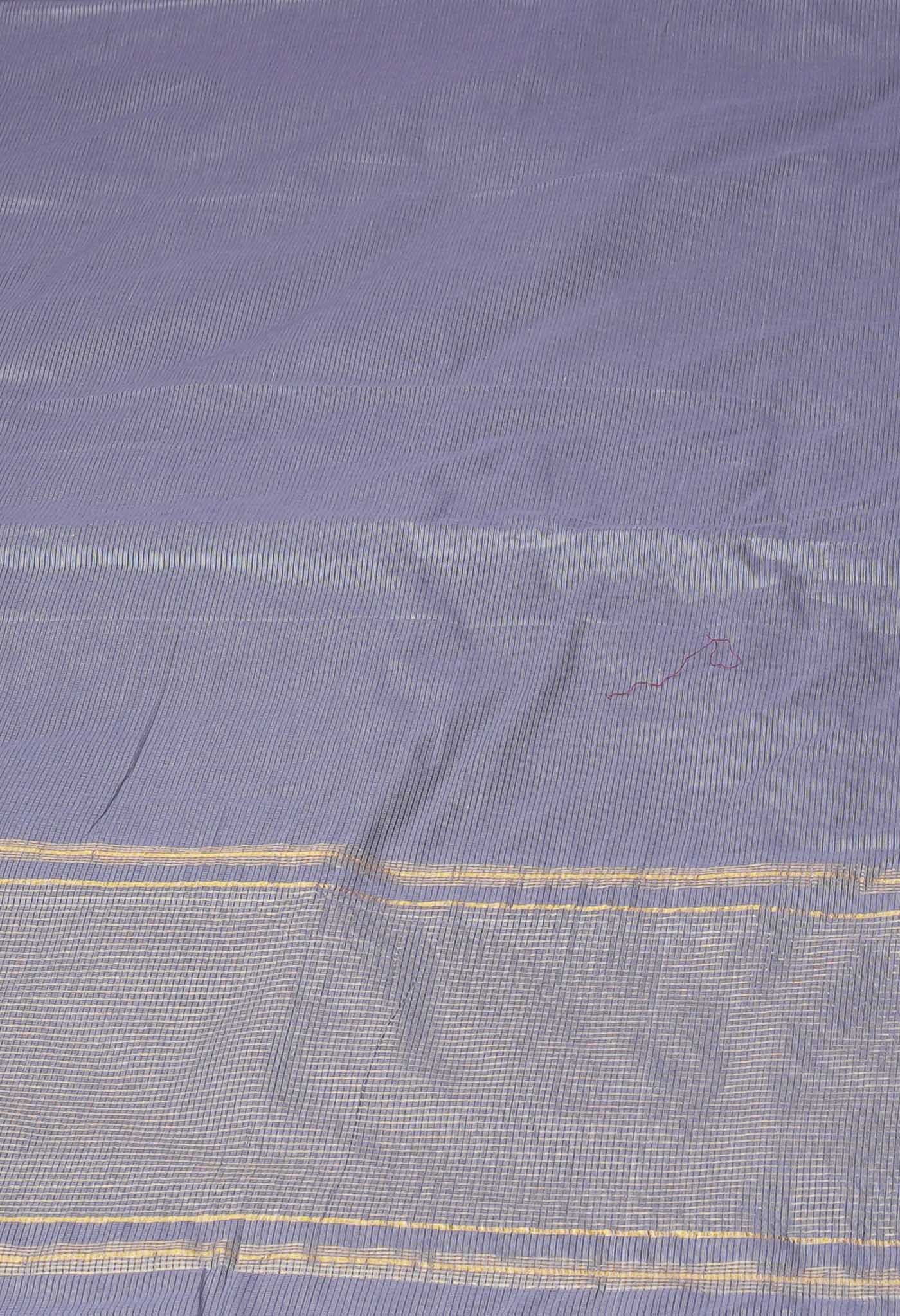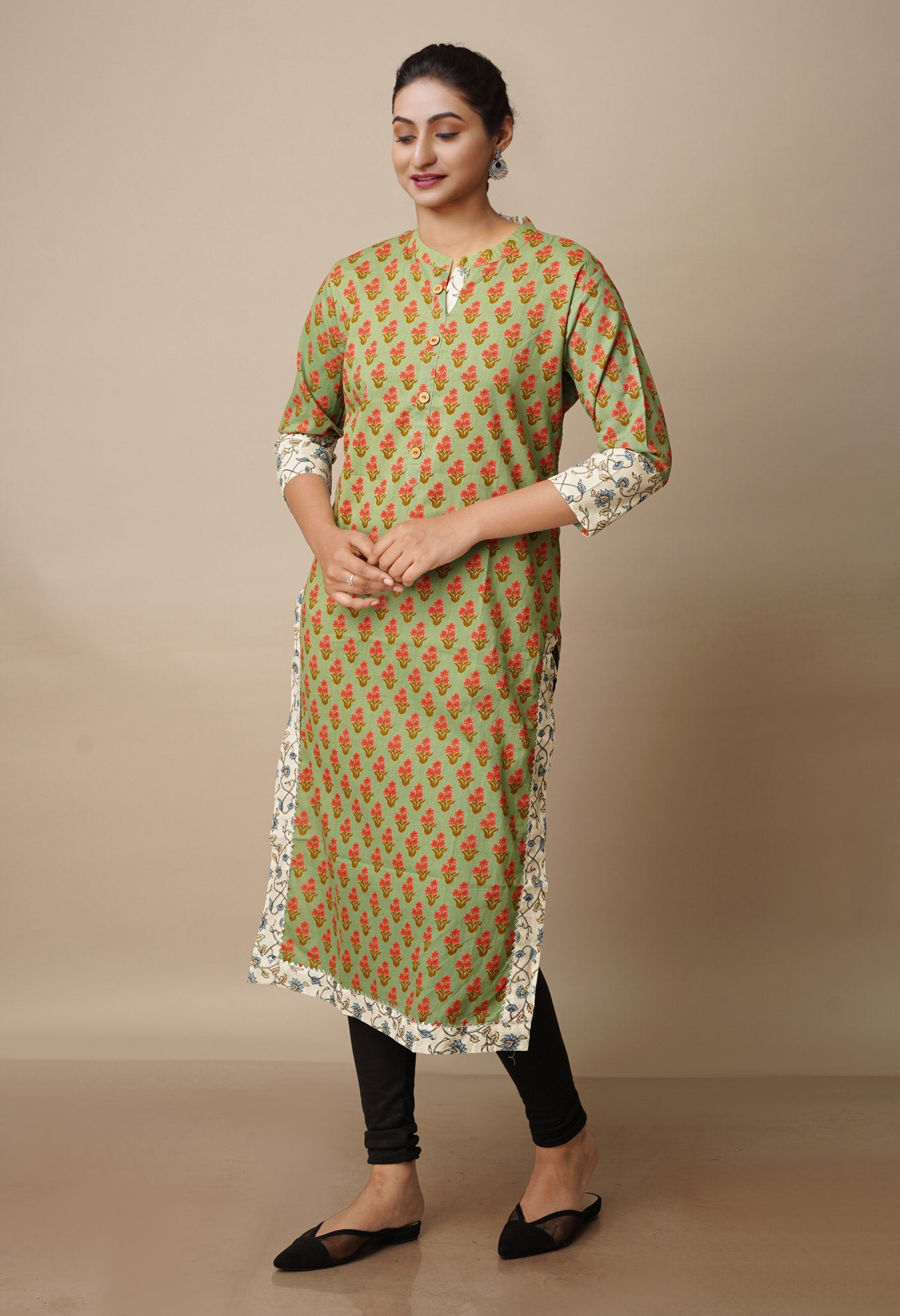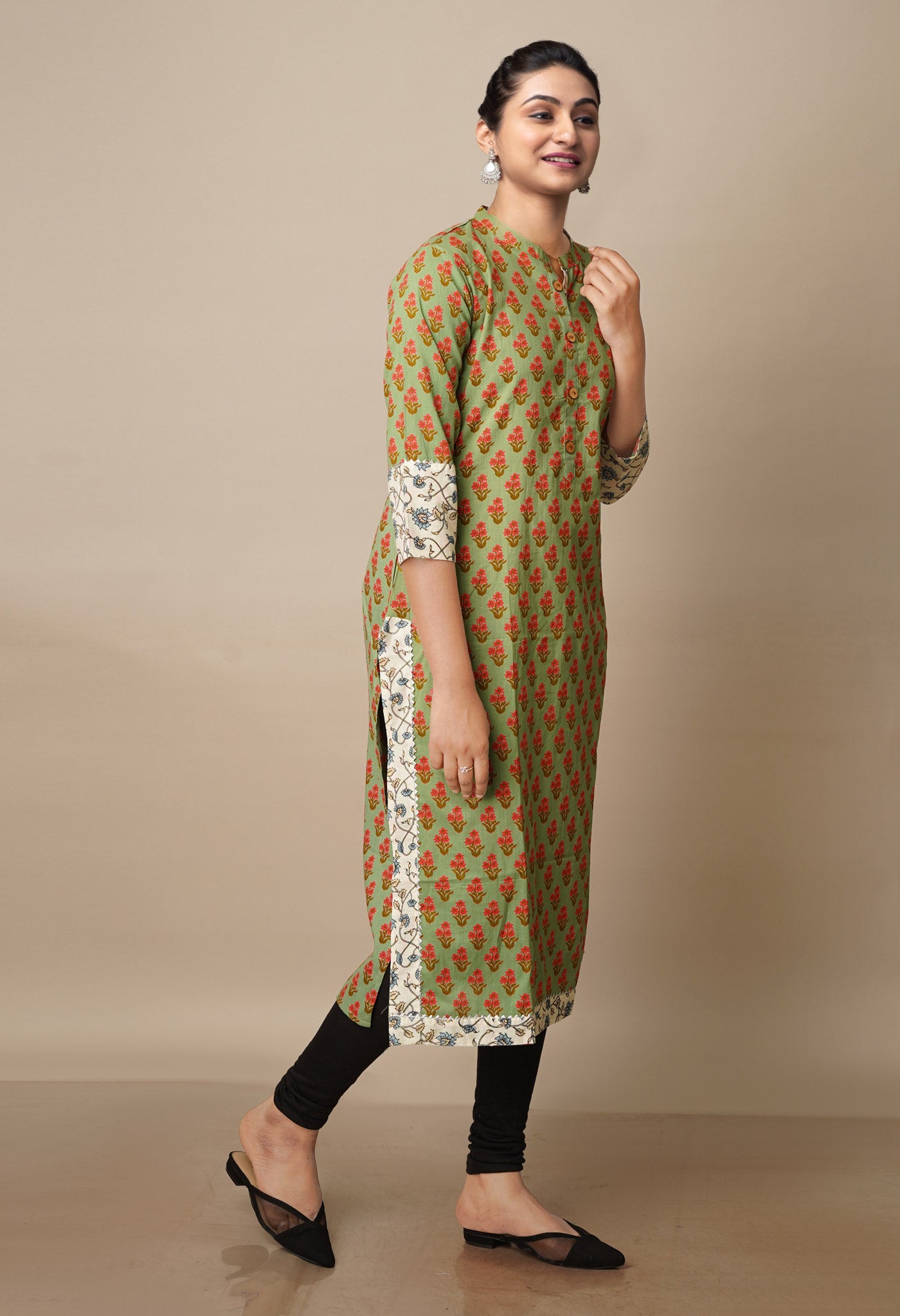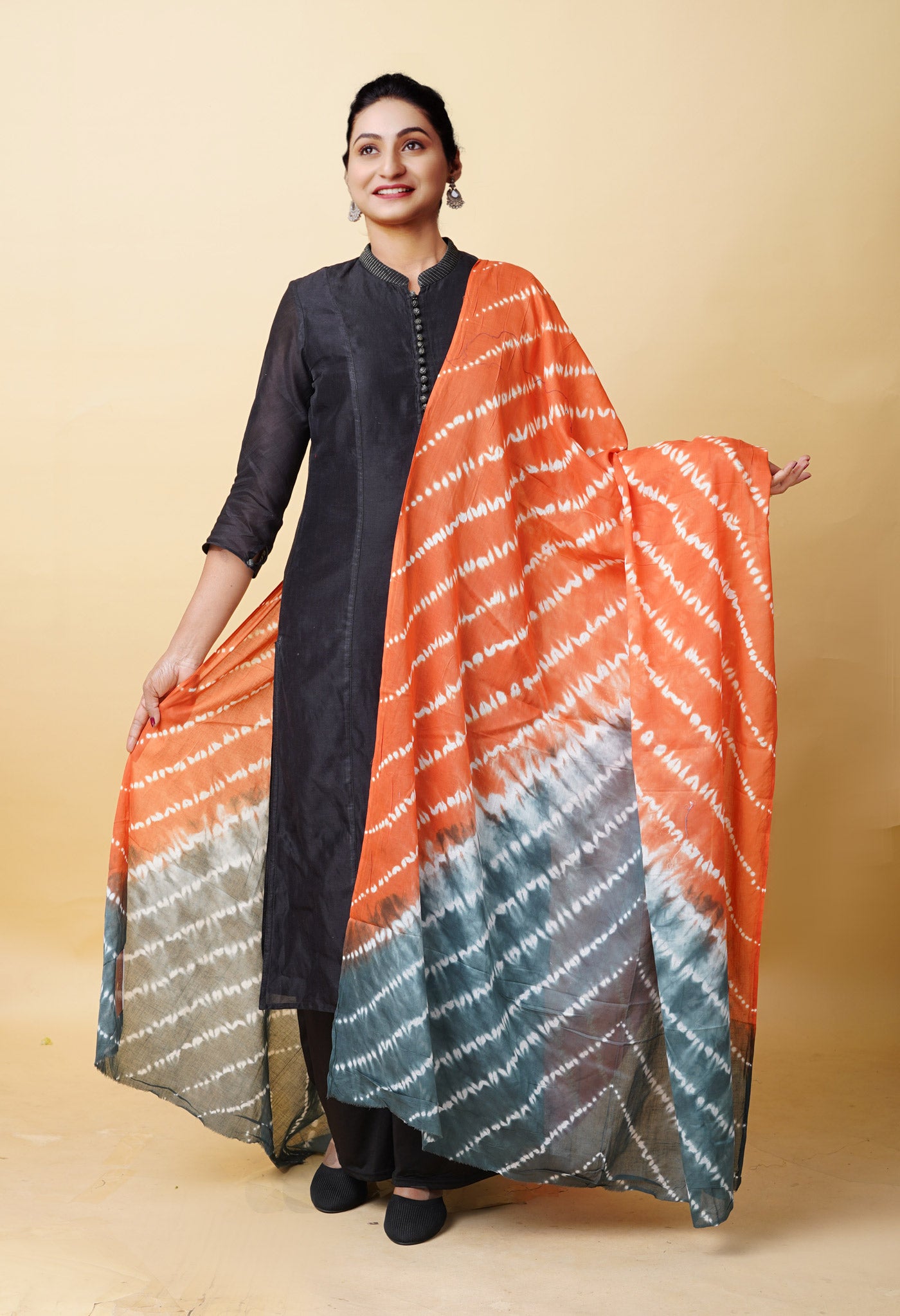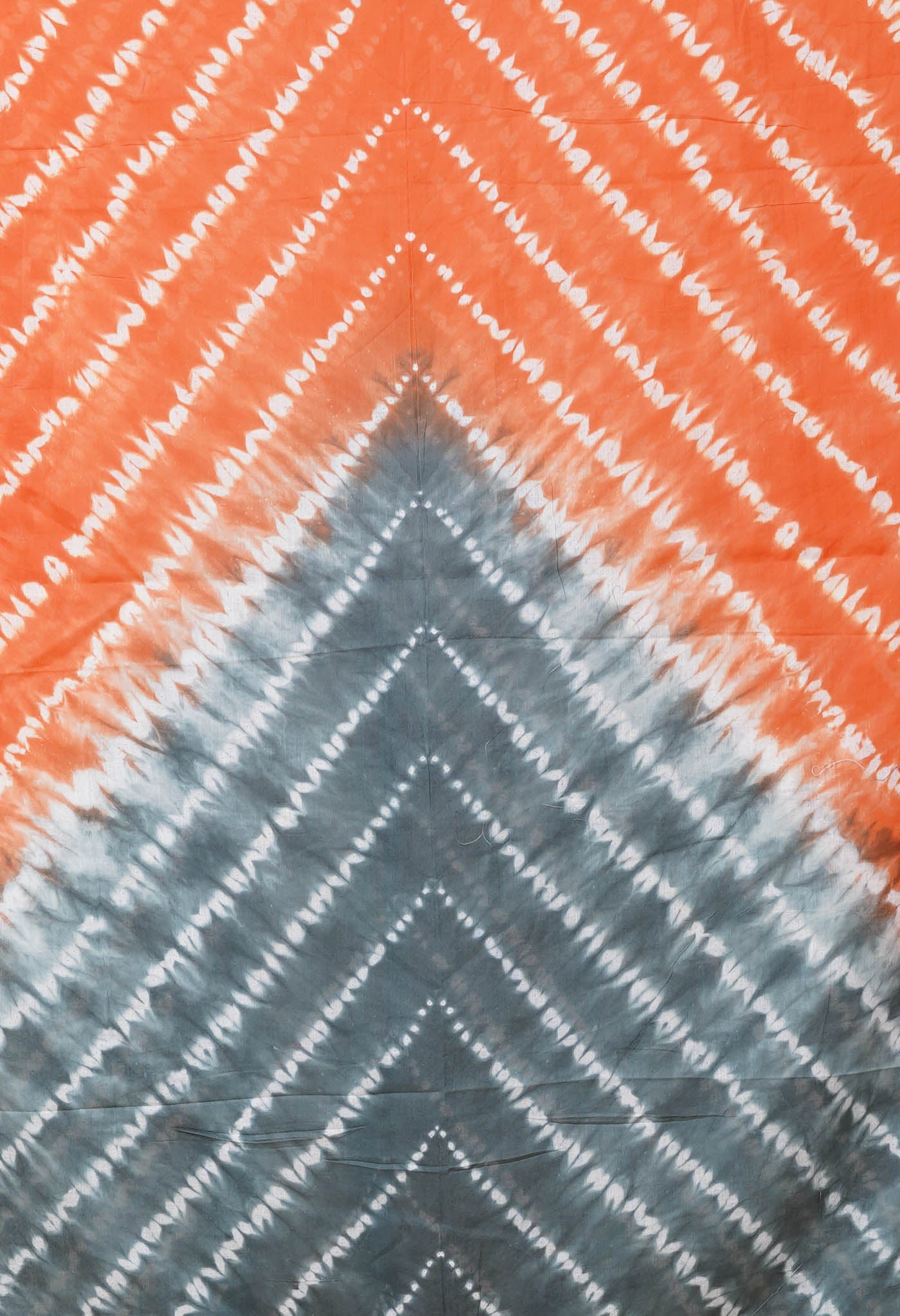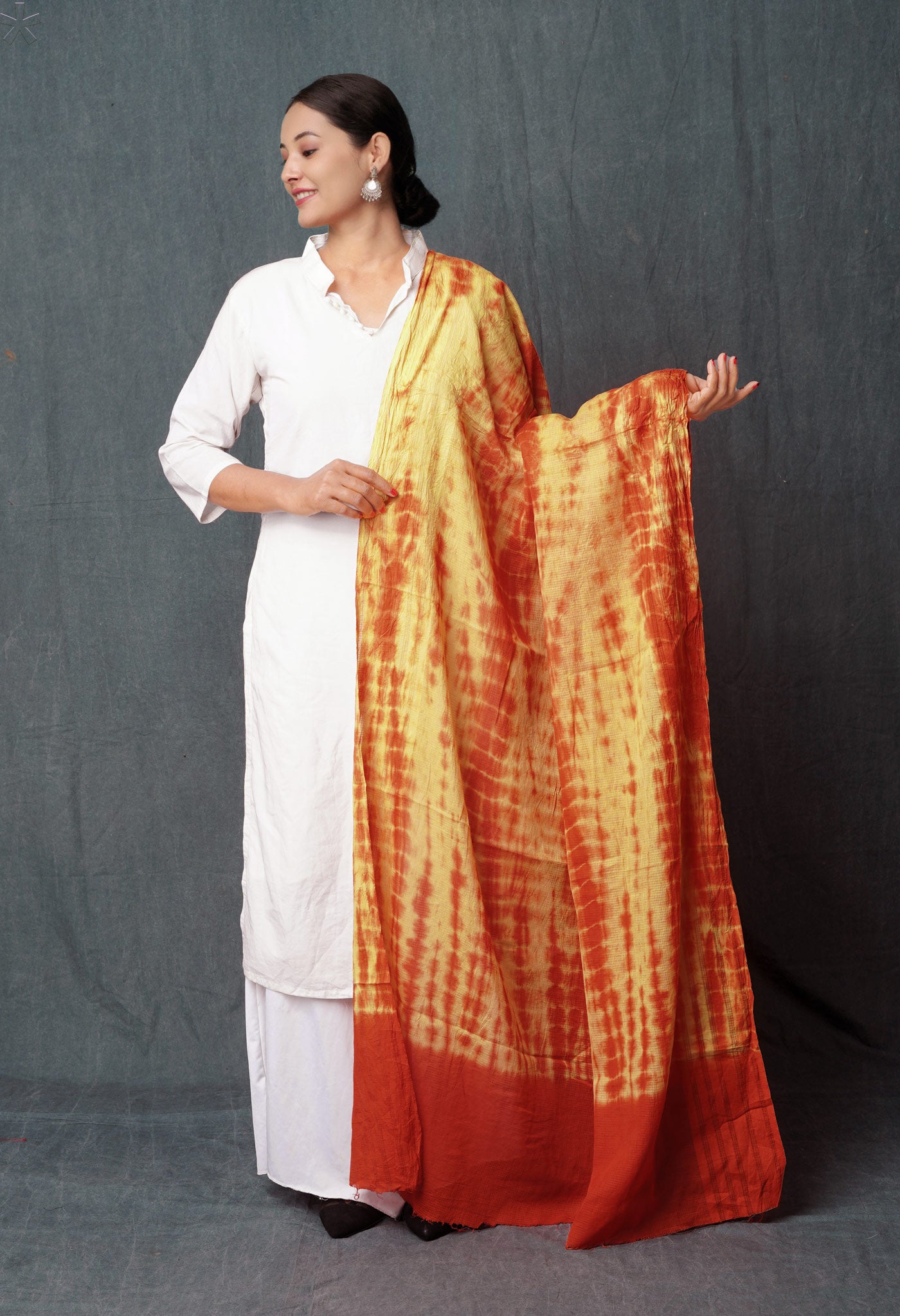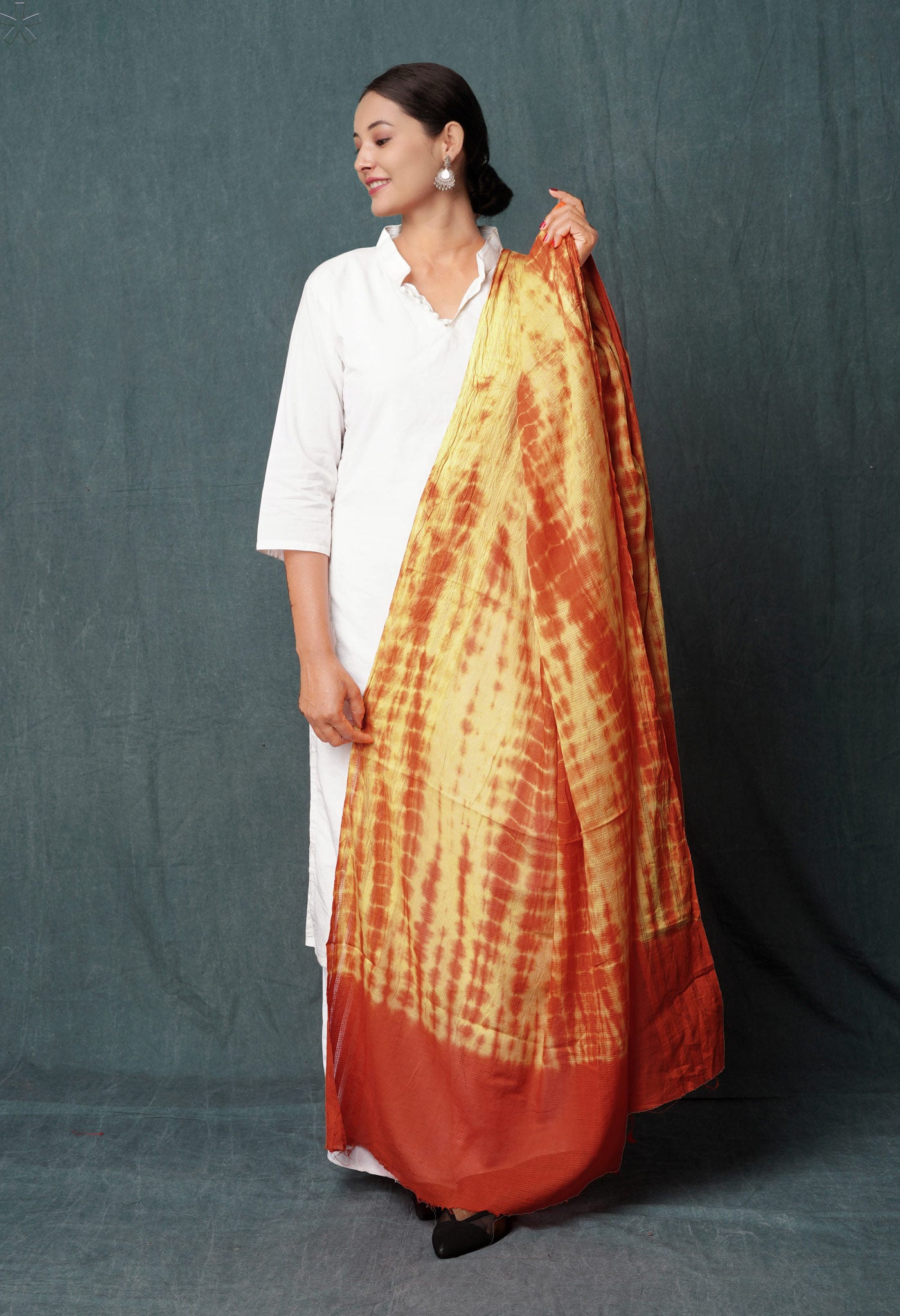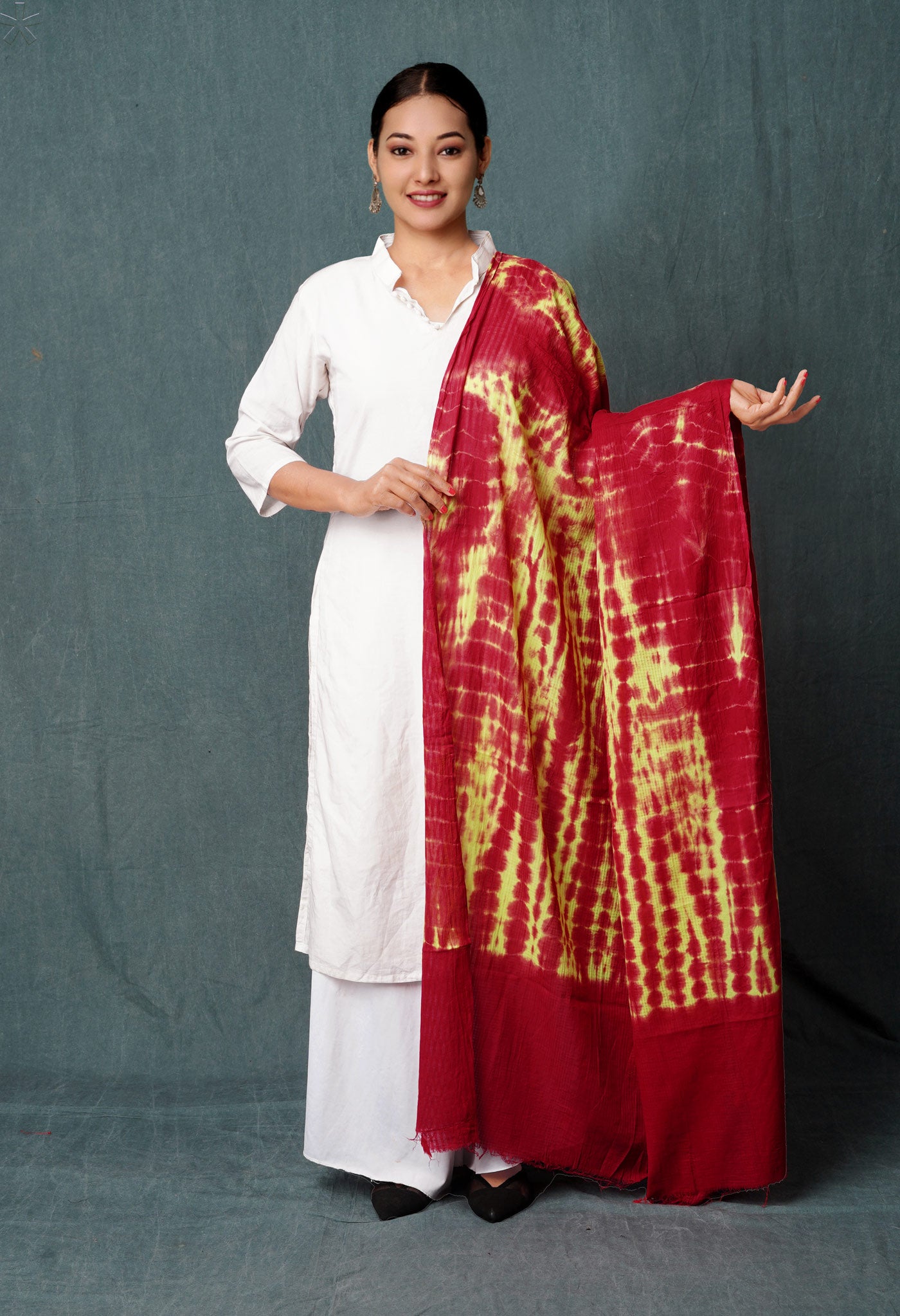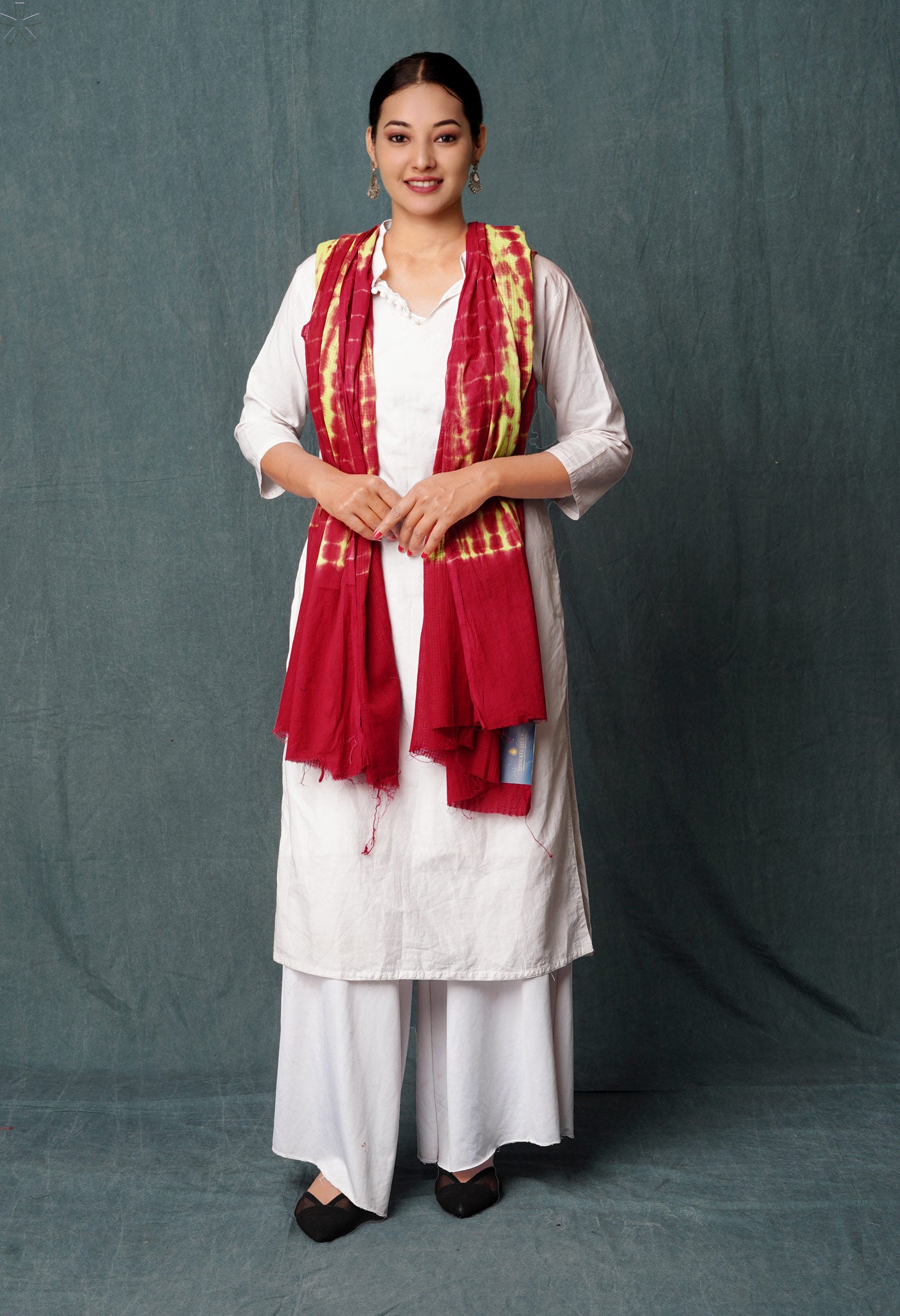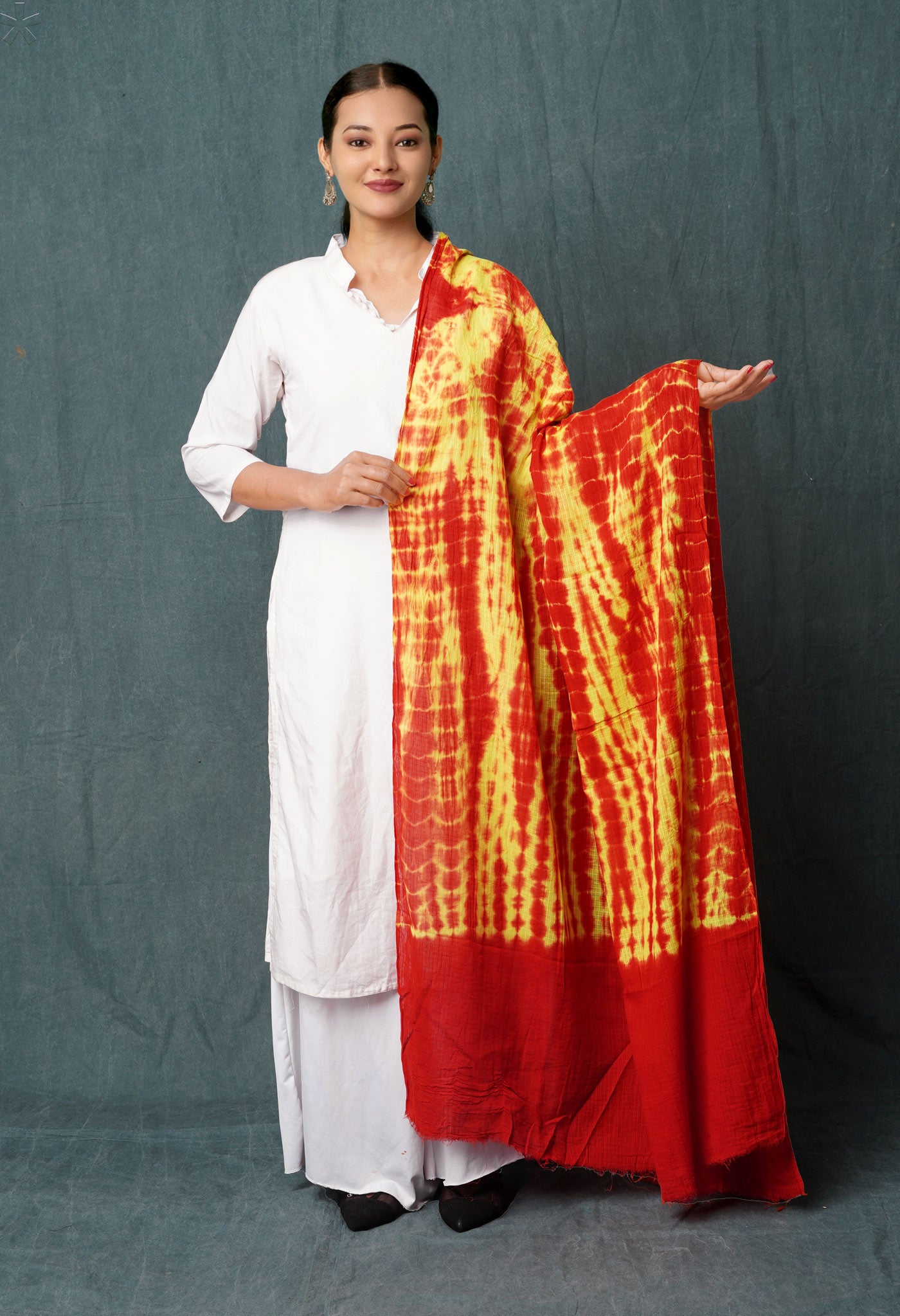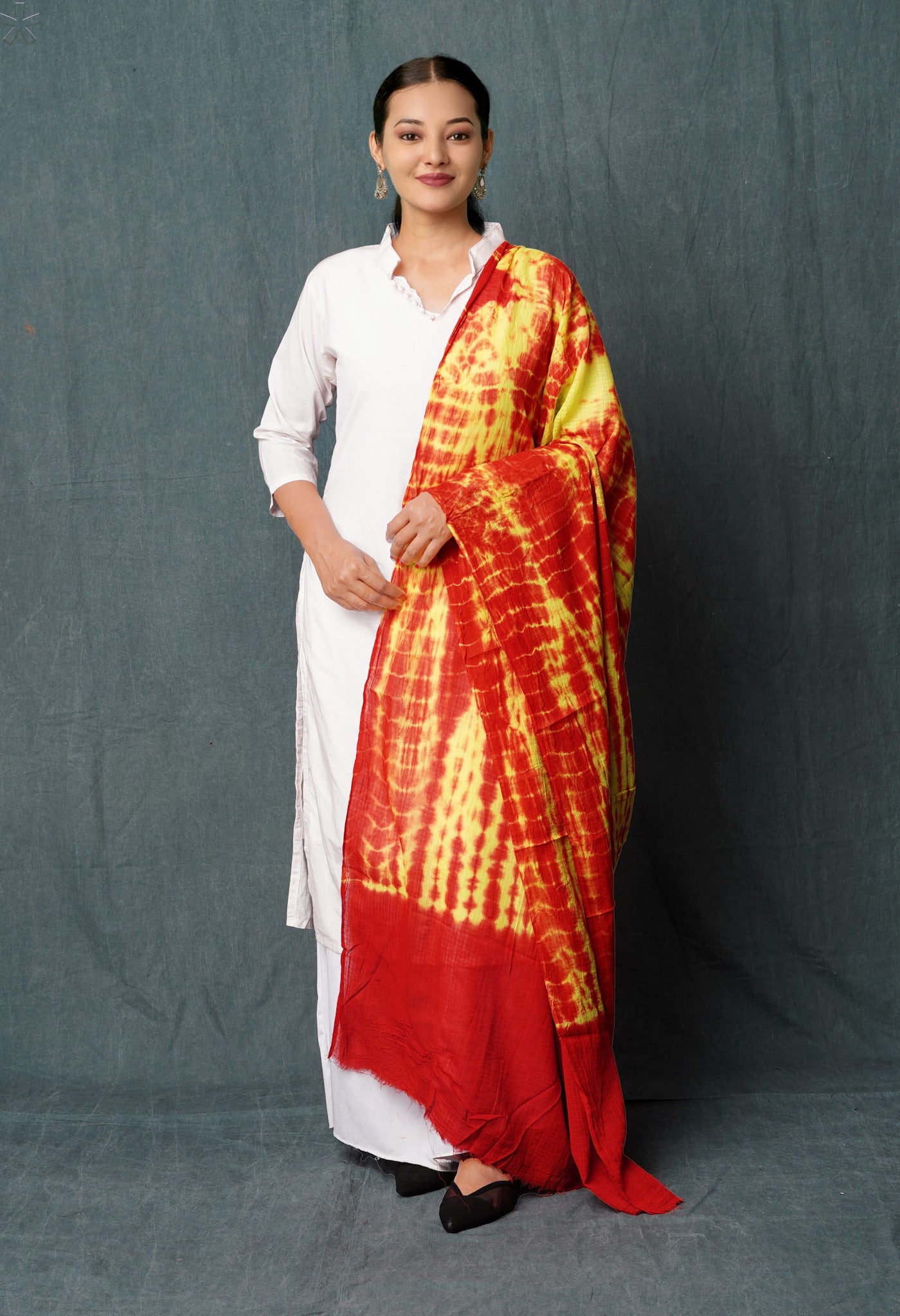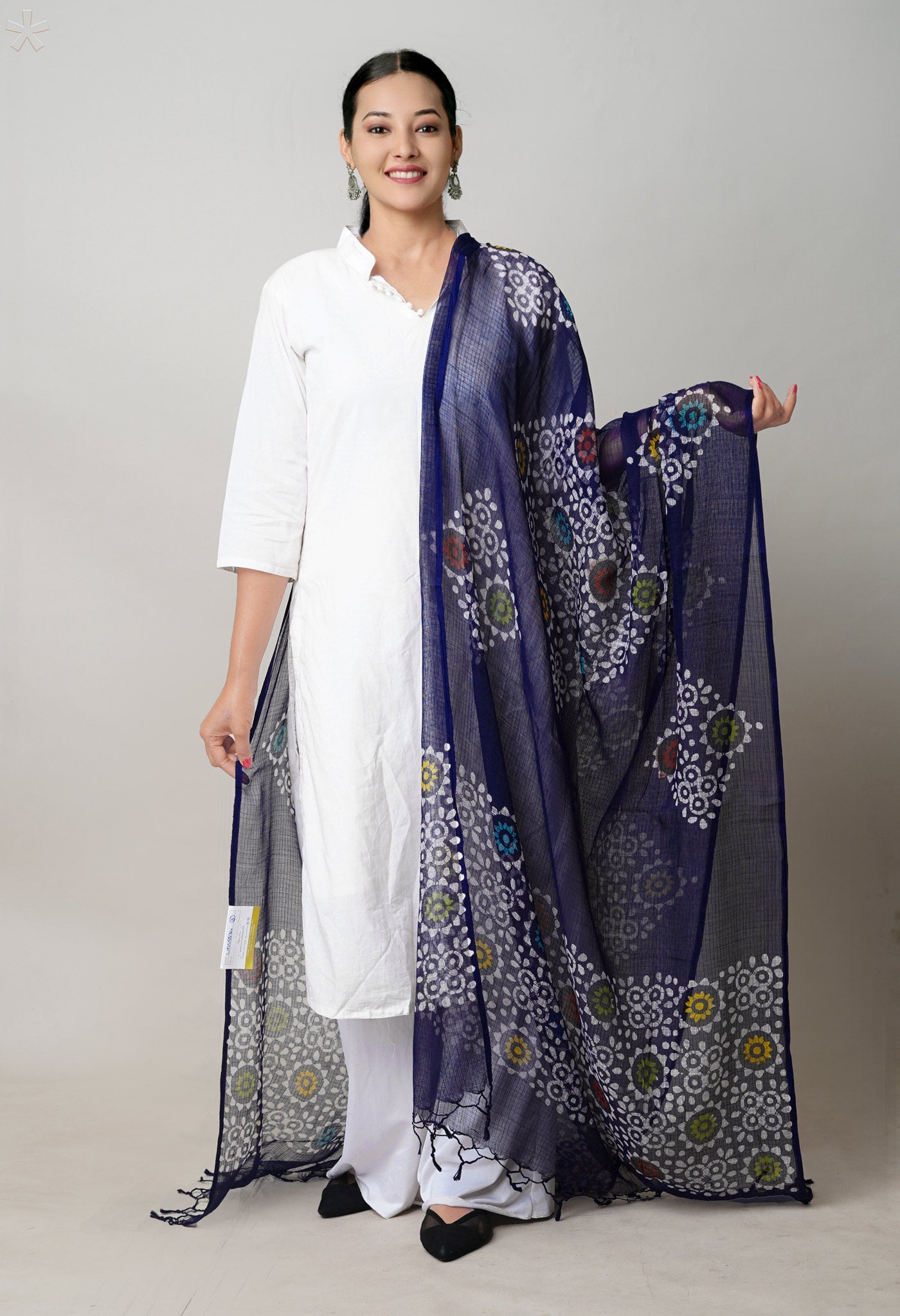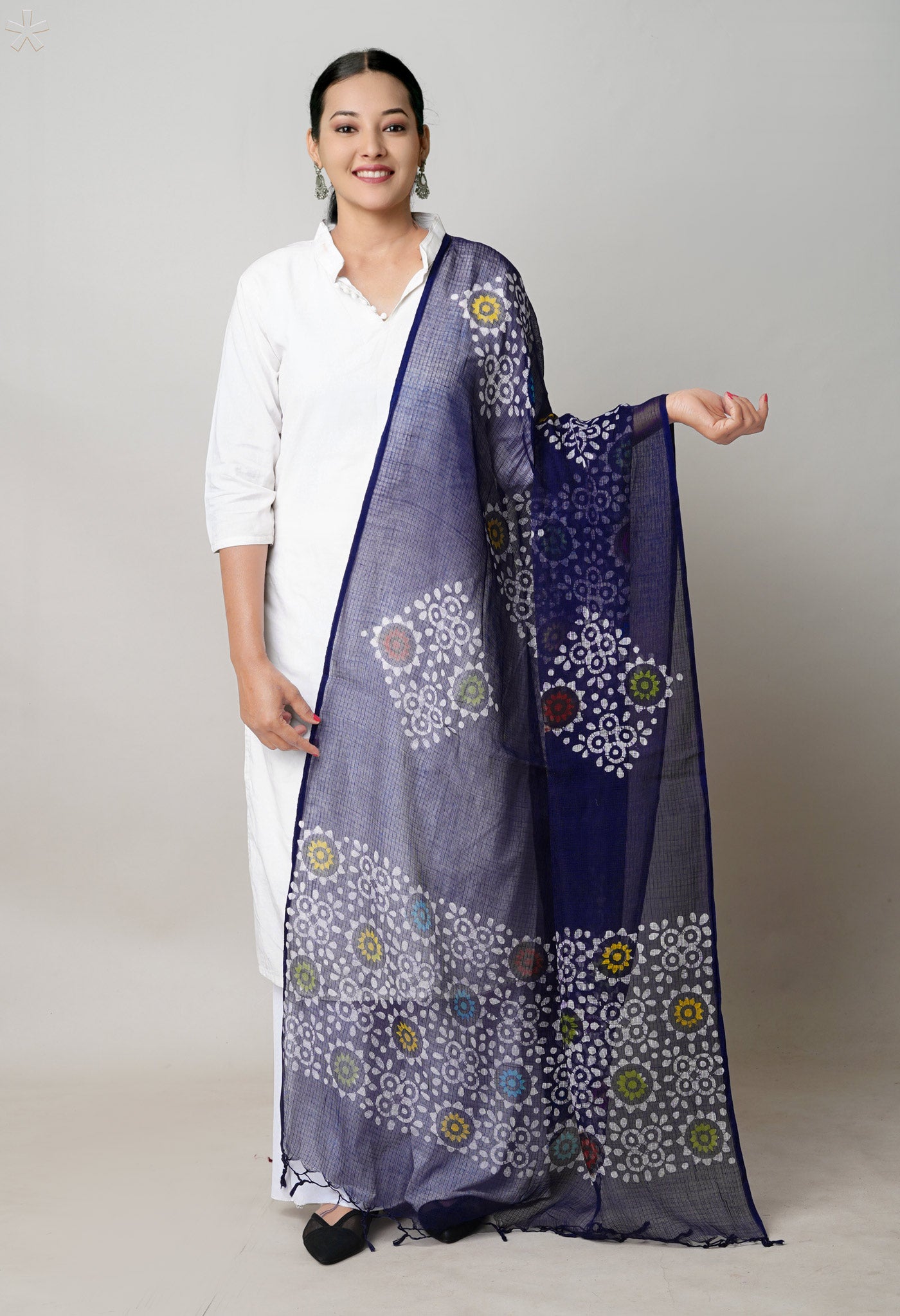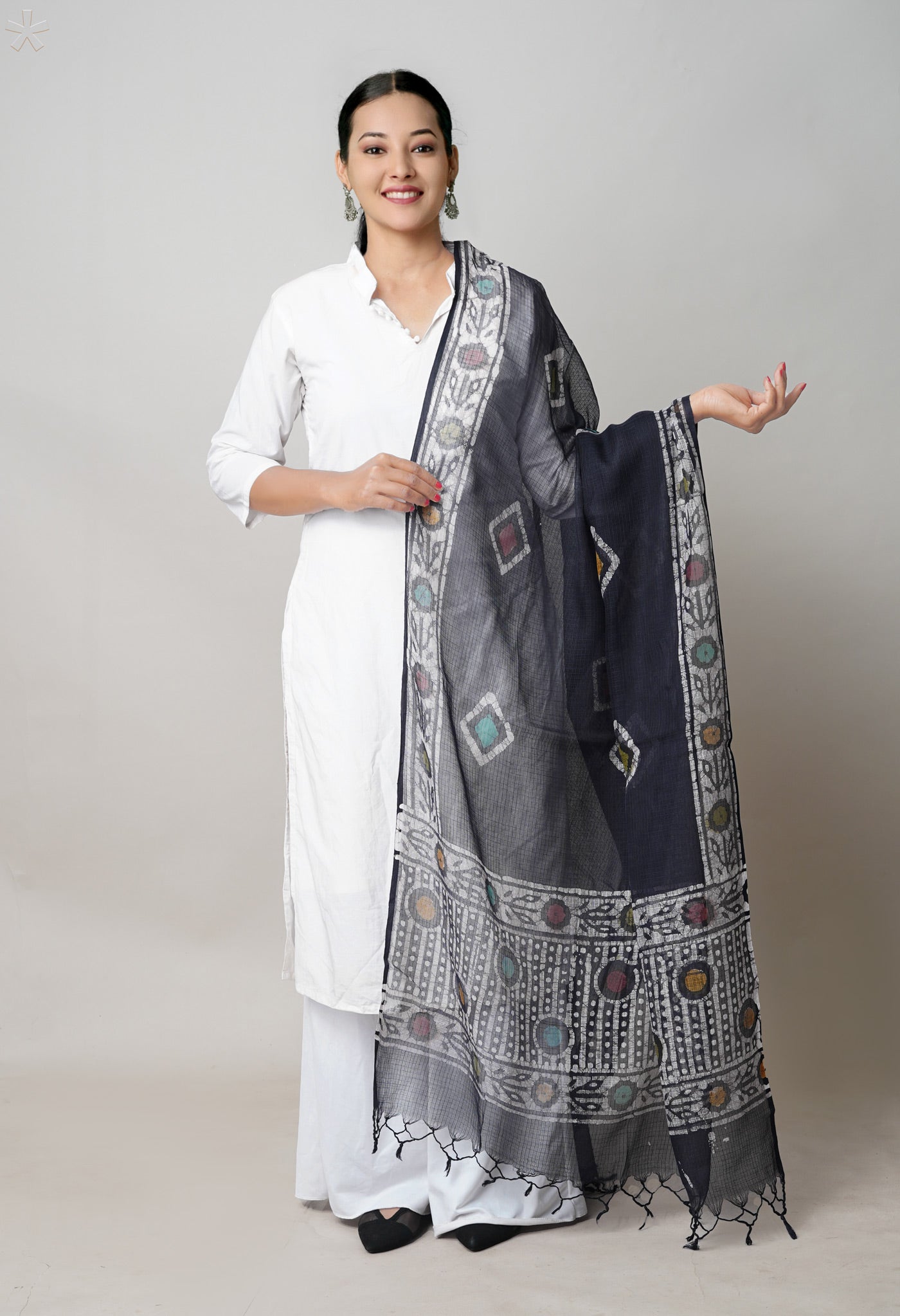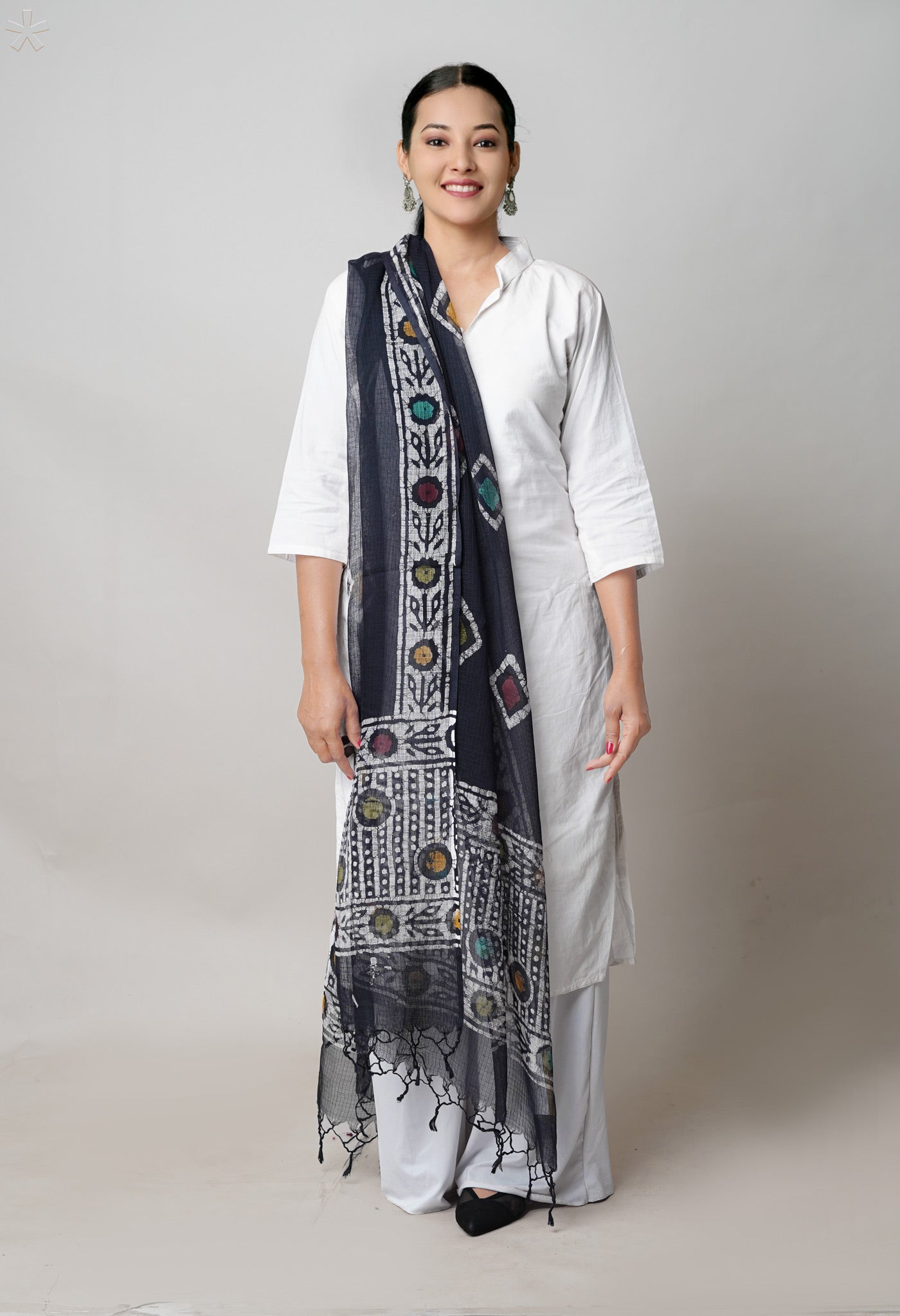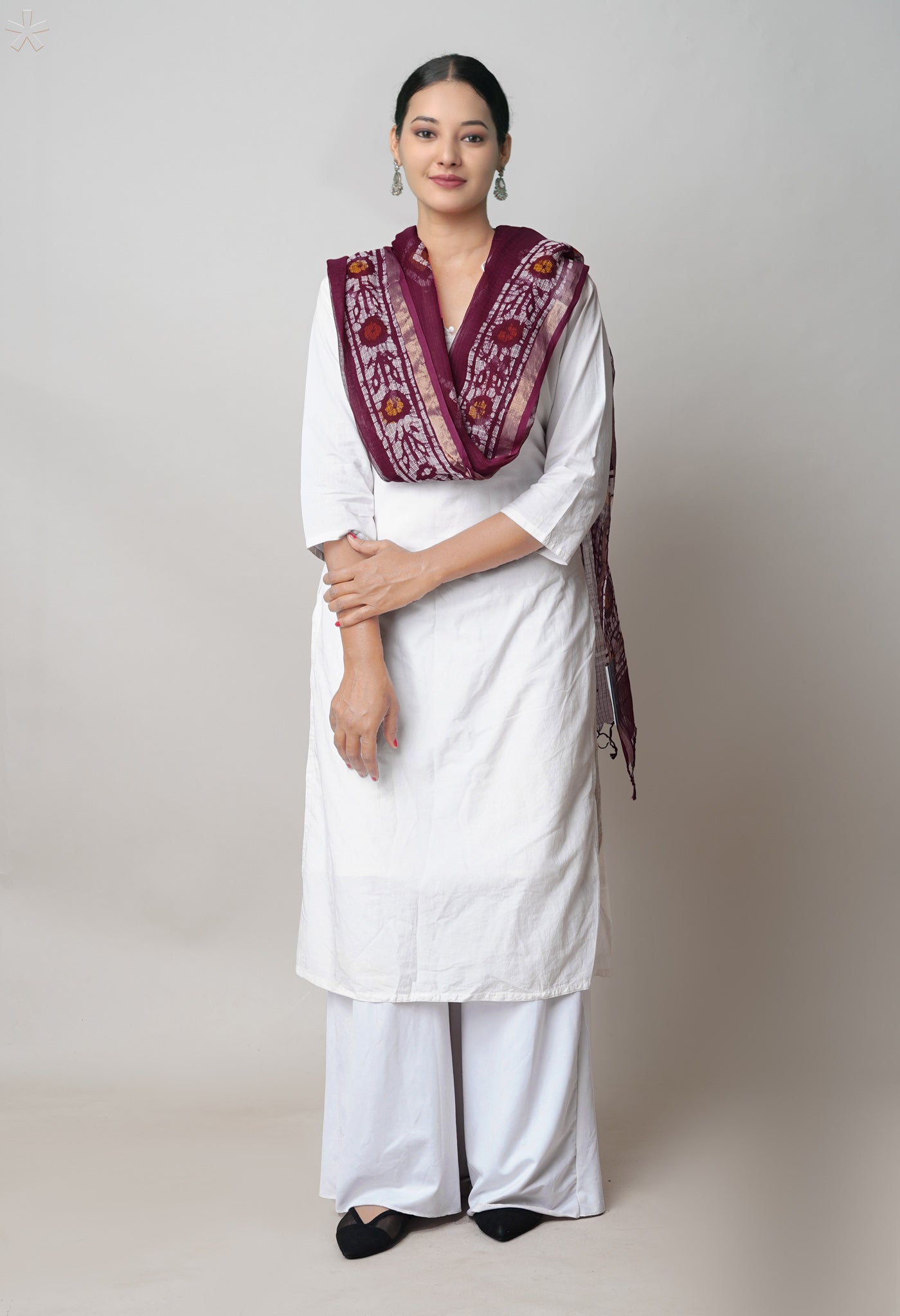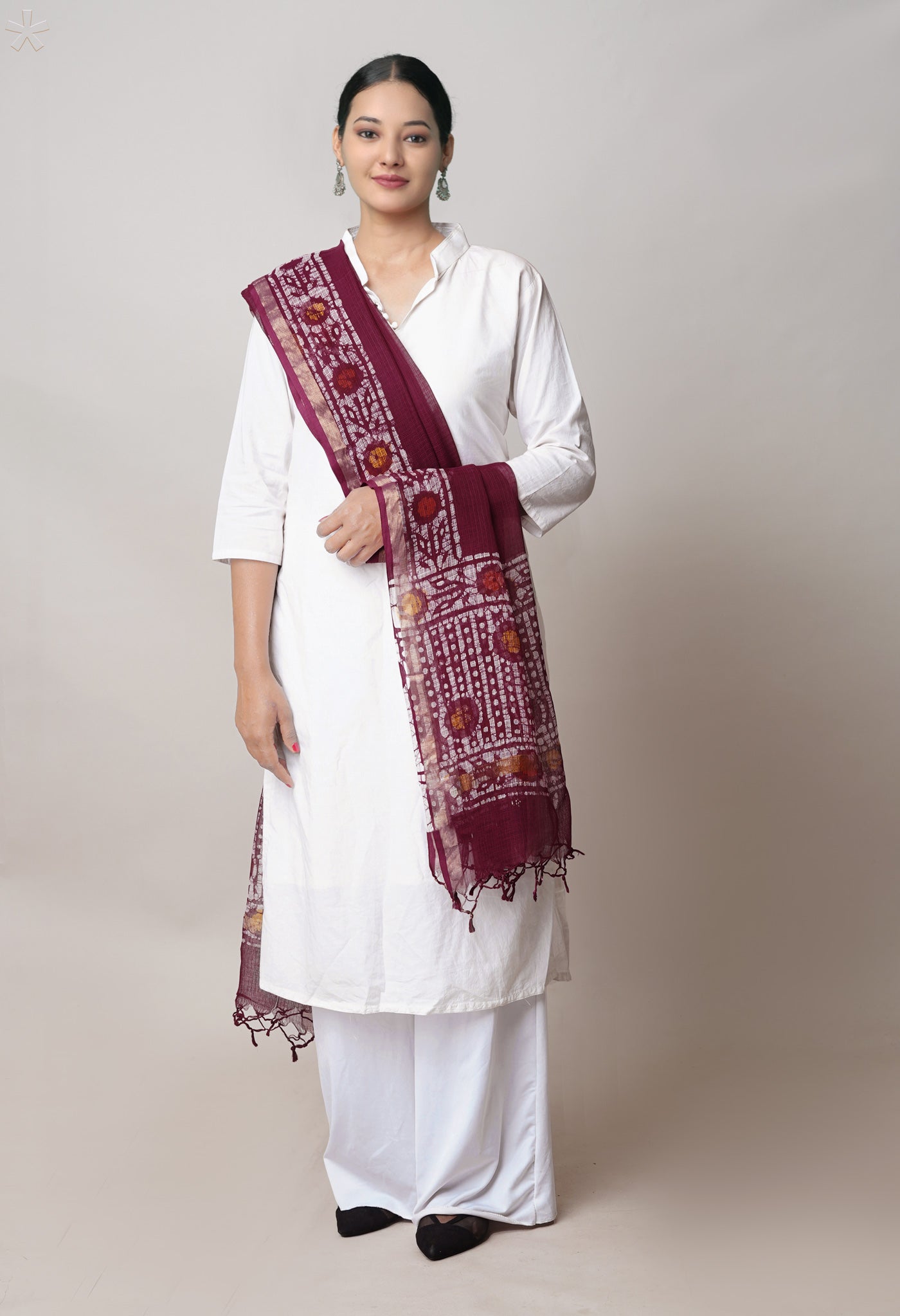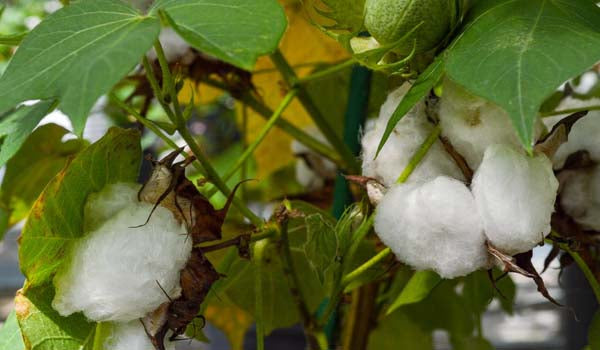
The Fascinating Journey of the wonderful Fibre called Cotton
Soft, smooth-textured, light, airy, sheer and very comfortable fabric that comes in many forms and different avatars from coarse to real smooth, it has always been a favourite in different parts of the world. Which is that fabric?
You guessed right, it’s Cotton.
The appeal of cotton
The fibre that has been a favourite since the time it came into existence, it is cotton. Over time it has evolved into a fabric that people can just not do without. It has its presence made in soft apparel for tiny tots to all kinds of clothing. Noted for its versatility, appearance, performance and above all, its natural comfort, it is literally everywhere - from apparel, including astronauts’ in-flight space suits, to sheets and towels, and tarpaulins and tents. In fact cotton in today’s fast-moving world is nature’s wonder fiber. It provides thousands of useful products and supports millions of jobs as it moves from field to fabric. Handloom Cottons are good plain weaves of simple lattice of closely placed yarn threads.

Cotton – an endearing fabric
The physical qualities of cotton as good fabric material of comfort and feel, absorbent during hot and insulating in cold weather conditions, are welcome features. In addition, with mercerization cotton also acquires additional strength and lustre. As a fabric material it is very versatile. It provides good affinity to most colour dyes, blends very well with almost all other fabrics, sets a very good backdrop for block prints and all other nature of prints, absorbency of colour dyes is very high that ensures fastness and is the right canvas for adorning additions like zardozi, mirror work, kundan work, beads, sequins and a whole lot of others.
And what when it undergoes mercerization? Mercerization is a process applied to cellulosic fibers – typically cotton (or cotton-covered thread with a polyester core) – to increase luster. It is done after weaving (in the case of fabrics) or spinning (for yarns or threads). But early on it was found that the process also had secondary benefits: the mercerized fibers were able to absorb more water, and therefore absorb more dye, making the color of the dyed cloth brighter and deeper. The difference is dramatic: mercerization increases the absorption of dyestuffs by as much as 25%.

So let us travel down and get to know Cotton better.
What is cotton?
It is a soft, fluffy staple fibre that grows in a boll or protective case, around the seeds of the cotton plants of the genus Gossypium in the mallow family Malvaceae. The fiber is almost pure cellulose. Under natural conditions, the cotton bolls will increase the dispersal of the seeds.
Where is it grown?
It is grown in many parts of the world, chiefly in tropical and subtropical regions around the world, including the Americas, Africa, Egypt and India.
Since when has cotton been in use?
The use of cotton for fabric is known to date to prehistoric times; fragments of cotton fabric dated to the fifth millennium BC have been found in the Indus Valley Civilization. Although cultivated since antiquity, it was the invention of the cotton gin that lowered the cost of production that led to its widespread use, and it is the most widely used natural fiber cloth in clothing today.
What is the production of cotton in different parts of the world?
Current estimates for world production are about 25 million tonnes or 110 million bales annually, accounting for 2.5% of the world's arable land.
Though China is the world's largest producer of cotton, most of it is used domestically.
The United States has been the largest exporter for many years. In the United States, cotton is usually measured in bales, which measure approximately 0.48 cubic meters (17 cubic feet) and weigh 226.8 kilograms (500 pounds).

What are the types of cotton that are grown commercially?
There are four commercially grown species of cotton, all domesticated in antiquity:
- Gossypium hirsutum– upland cotton, native to Central America, Mexico, the Caribbean and southern Florida (90% of world production)
- Gossypium barbadense– known as extra-long staple cotton, native to tropical South America (8% of world production)
- Gossypium arboreum– tree cotton, native to India and Pakistan (less than 2%)
- Gossypium herbaceum– Levant cotton, native to southern Africa and the Arabian Peninsula (less than 2%)
The two New World cotton species account for the vast majority of modern cotton production, but the two Old World species were widely used before the 1900s.
While cotton fibers occur naturally in colors of white, brown, pink and green, fears of contaminating the genetics of white cotton have led many cotton-growing locations to ban the growing of colored cotton varieties.
[gallery columns="4" size="medium" ids="20178,20179,20180,20181"]
What are the conditions under which cotton can be cultivated successfully?
- Cotton as a crop requires bright sunshine, moderate rainfall from 60 to 120 cm (24 to 47 in). Excessive cold is detrimental to its growth.
- The soil for cotton should be heavy and with average nutrients. In general, these conditions are met within the seasonally dry tropics and subtropics in the Northern and Southern hemispheres.
However a large proportion of the cotton grown today is cultivated in areas with less rainfall that obtain the water from irrigation.
- Production of the crop for a given year usually starts soon after harvesting the preceding autumn. Cotton is naturally a perennial but is grown as an annual to help control pests.
- Since cotton is somewhat salt and drought tolerant, this makes it an attractive crop for arid and semiarid regions. As water resourcesget tighter around the world, economies that rely on it face difficulties and conflict, as well as potential environmental problems.
- Cotton can also be cultivated to have colors other than the yellowish off-white typical of modern commercial cotton fibers. Naturally colored cotton can come in red, green, and several shades of brown.
Economics of Cotton
- Healthy rural economies are based on stable farm income, and cotton yields and prices are often among the healthiest of all field crops, vegetable or fruit. Cotton continues to be the basic resource for thousands of useful products manufactured in the U.S. and overseas.
- There is a vast amount of cottonseed that is also produced along with the fiber. This substantial produce is fed whole to livestock. The remaining seed is crushed, producing a high-grade salad oil and a high protein meal for livestock, dairy and poultry feed. Gallons of cottonseed oil are used for food products ranging from margarine and cooking oils to salad dressing. All this accounts for a substantial income for the State. And going by the revenue that comes in annually from cotton, the cotton fibre is a major grossing product for the economy. This scenario can be seen replicated in ways lesser or more in different countries of the world that grow cotton.
- In the major cotton producing countries of the world, cotton assumes a place as the number one value-added crop that contributes to the production of countless jobs. Its extensive system of production, harvesting and ginning provides countless jobs for mechanics, distributors of farm machinery, consultants, crop processors and people in other support services. Other allied industries such as banking, transportation, warehousing and merchandising also benefit from a viable cotton production system.
- Exports of yarn, denim and other U.S.-manufactured cotton products have increased dramatically since the early 1990s. What is seen in the United States can also be seen in Asian countries as China and India, where cotton textiles form a significant part of their respective economies.
Crop Production in India
Cotton is one of the most important fibres and cash crops of India. It plays a dominant role in the industrial and agricultural economy of India too. Cotton is a major fiber crop of India as it provides for the livelihood of 6 million farmers and 40-50 million people are employed in the cotton trade and its processing.
There are factors favourable for the growth of cotton in India.
- The Ganga delta region is a large area and very fertile.
- India as a country with a huge population, is in no dearth of manpower needed for this labor-intensive industry.
- There is large availability of HYV seeds like Sujata and Bharati that aid high crop yields.
- Cotton farming utilizes a lot of water and fertilizers that are available and provided for, obtaining good quality cotton that result in good fibres and quality textiles that are exported to many parts of the world.
- Cotton seed that becomes a major by-product is very useful as cattle fodder leading to good milk outputs.

The process of getting cotton fabric from the seed
There are several stages from the time the cotton seeds are planted to the time when the fabric is made ready. Let us trace this journey of cotton from seed to fabric.
Planting
- Planting can be done manually as with easily available labour or by machine. The idea is to plant even and neatly in rows. Mechanically Planting is accomplished with 6, 8, 10 or 12-row precision planters that place the seed at a uniform depth and interval.
- Young cotton seedlings emerge from the soil within a week or two after planting, depending on temperature and moisture conditions.
- It takes about a month to a month and a half for the flower buds, generally creamy to dark yellow blossoms to emerge. Pollen from the flower’s stamen is carried to the stigma, thus pollinating the ovary. Over the next three days, the blossoms gradually turn pink and then dark red before falling off, leaving the tiny fertile ovary attached to the plant. It ripens and enlarges into a pod called a cotton boll.
- Individual cells on the surface of seeds start to elongate the day the red flower falls off (abscission), reaching a final length of over one inch during the first month after abscission. The fibers thicken for the next month, forming a hollow cotton fiber inside the watery boll. Bolls open 50 to 70 days after bloom, letting air in to dry the white, clean fiber and fluff it for harvest.
 Weed Control
Weed Control
- Weeds could grow faster and shade cotton seedlings in spring when the cotton plants tend to grow slowly. If so it could alter the yield adversely significantly.
- Later in the season, cotton leaves fully shade the ground and suppress mid-to-late season weeds. For these reasons, weed control is focused on providing a 6 to 8-week weed-free period directly following planting.
- Producers employ close cultivation and planters that place the cottonseed deep into moist soil, leaving weed seeds in high and dry soil. Herbicides or cultivation controls weeds between the rows.

Insect Management
- When the cotton plant grows, as like with other plants, it evolves with numerous damaging insects as well that feed on squares and bolls. This reduces the yield and leads to delays in crop development, often into the frost or rainy season.
- Some plants are improved by modern biotechnology, which causes the plant to be resistant to certain damaging worms.
- Other bio-control strategies also are used. For example, where populations of damaging pink bollworm insects break out, sterile insect releases are used to target the pest and minimize disruption to the beneficial insects.
- The more scientific approach of the cotton industry utilizes a multifaceted approach to the problem of insects. Known as Integrated Pest Management (IPM), it keeps pests below yield-damaging levels. IPM is dependent on natural populations of beneficial insects to suppress damaging pests. Additionally, some cotton varieties are genetically bred to be less attractive to insects.
- You also have cultural practices that promote earliness and short season production reduce the vulnerability of cotton production to pests. Plant protection chemicals are often used to prevent devastating crop losses to insects.

Plant Diseases
- Cotton diseases have been contained largely through the use of resistant cotton varieties.
- Rotation to non host crops such as grain or corn also breaks the disease cycle.
- Nematodes, while not truly a disease, cause the plant to exhibit disease-like symptoms. Nematodes are microscopic worm-like organisms that attack cotton’s roots causing the plant to stop growing, and as a result, causes reduced yield. Crop rotation is the primary method of managing for nematodes.
Soil Conservation
- Cotton is sensitive to wind-blown soil because the plant’s growing point is perched on a delicate stem, both of which are easily damaged by abrasion from wind-blown soil. For that reason, many farmers use minimum tillage practices which leave plant residue on the soil surface thereby preventing wind and water erosion.
- Conservation tillage, the practice of covering the soil in crop residue year ‘round, is common in windy areas. In the rain belt, land terracing and contour tillage are standard practices on sloping land to prevent the washing away of valuable topsoil.

Irrigation
- The cotton plant’s root system is very efficient at seeking moisture and nutrients from the soil. From an economic standpoint, cotton’s water use efficiency allows cotton to generate more revenue per gallon of water than any other major field crop.
- Some regions like the U.S. have cotton acreage grown only on rain moisture. A trend toward supplemental irrigation to carry a field through drought has increased in acreage and helped stabilize yields.
- Cotton’s peak need for water occurs during July, when it is most vulnerable to water stress. A limited supply of irrigation water is being stretched over many acres via the use of highly efficient irrigation methods such as low energy precision applications, sprinklers, surge and drip irrigation. The irrigation stabilized yields for many growers, it also has allowed production in the desert states of California, Arizona and New Mexico.

Harvesting
- While harvesting is one of the final steps in the production of cotton crops, it is one of the most important. The crop must be harvested before weather can damage or completely ruin its quality and reduce yield.
- Cotton is machine harvested in the U.S. through Stripper harvesters, that have rollers or mechanical brushes that remove the entire boll from the plant.
- Where spindle pickers are used cotton pickers pull the cotton from the open bolls using revolving barbed spindles that entwine the fiber and release it after it has separated from the boll.

Seed Cotton Storage
- Once harvested, seed cotton must be removed and stored before it is delivered to the gin.
- Seed cotton is removed and placed in modules, relatively compact units of seed cotton. A cotton module, shaped like a giant bread loaf, can weigh as much as 25,000 pounds.
Ginning
- From the field, seed cotton moves to nearby gins for separation of lint and seed. The cotton first goes through dryers to reduce moisture content and then through cleaning equipment to remove foreign matter. These operations facilitate processing and improve fiber quality.
- The cotton is then air conveyed to gin stands where revolving circular saws pull the lint through closely spaced ribs that prevent the seed from passing through. The lint is removed from the saw teeth by air blasts or rotating brushes, and then compressed into bales weighing approximately 500 pounds.
- Cotton is then moved to a warehouse for storage until it is shipped to a textile mill for use. A typical gin will process about 12 bales per hour, while some of today’s more modern gins may process as many as 60 bales an hour.
- In India, the process of separating the cotton fibers from the cotton seeds is more manual. The perfect ginning operation would be performed if the separation of fibers from seed was effected without the slightest injury to either seeds or to the fiber. A cotton gin is a machine that quickly and easily separates the cotton fibers from the seeds, a job previously done by hand. These seeds are either used again to grow more cotton or, if badly damaged, are disposed of. It uses a combination of a wire screen and small wire hooks to pull the cotton through the screen, while brushes continuously remove the loose cotton lint to prevent jams. The term "gin" is an abbreviation for engine, and means "machine".

Classing
- After the lint is baled at the gin, samples taken from each bale are classed according to fiber strength, length, length uniformity, color, non-fiber content and fineness using high volume instrumentation (HVI) and the aid of an expert called a Classer.
- Scientific quality control checks are made periodically to ensure that instrument and Classer accuracy is maintained. Cotton of a given variety produces fibers of approximately the same length. Since the fibers may vary within a bale, length uniformity allows a determination of the variability within that bale.
- Other quality factors also are important. The fiber’s fineness is important for determining the type of yarns that can be made from the fiber — the finer the cotton fibers, the finer the yarns.
- Color or brightness of the fibers also is important. Cotton that is very white generally is of higher value than cottons whose color may have yellowed with exposure to elements before harvesting.
- Cotton, being a biological product, typically contains particles of cotton leaves called trash. The amount of trash also influences the cotton’s value since the textile mill must remove trash before processing.
- The fiber’s strength also is an important measurement that ultimately influences the fabrics made from these fibers.

Marketing
- Cotton is ready for sale after instrument classing establishes the quality parameters for each bale.
- The marketing of cotton is a complex operation that includes all transactions involving buying, selling or reselling from the time the cotton is ginned until it reaches the textile mill. Growers usually sell their cotton to a local buyer or merchant after it has been ginned and baled, but if they decide against immediate sale they can store it and borrow money against it.
- Since it is a non-perishable crop, cotton stored in a government-approved warehouse provides a secure basis for a monetary loan.

Cotton seed
- Cotton actually is two crops, fiber and seed. About one-third of the cottonseed produced from typical crop is crushed for oil and meal used in food products and in livestock and poultry feed. For each 100 pounds of fiber produced by the cotton plant, it also produces about 162 pounds of cottonseed. Approximately 5 percent of the total seed crop is reserved for planting; the remainder is used for feeding as whole seeds or as raw material for the cottonseed processing industry.
- After being separated from the lint at the gin, the cotton’s seed is transported to a cottonseed crushing mill. There it is cleaned and conveyed to de-linting machines which, operating on the same principle as a gin, remove the remaining short fibers which are known as linters.
- The linters go through additional processing steps before being made into a wide variety of products ranging from mattress stuffing to photographic film.
- After the linters are removed, the seed is put through a machine that employs a series of knives to loosen the hulls from the kernel. The seeds are then passed through shakers and beaters.
- The separated hulls are marketed for livestock feed or industrial products, and the kernels are ready for the extraction of oil, the seed’s most valuable byproduct. Solvent extraction or presses remove the oil.
- After further processing, the oil is used in cooking or salad oil, shortening and margarine.
- Limited quantities also go into soaps, pharmaceuticals, cosmetics, textile finishes and other products.
- The remaining meat of the kernel is converted into meal, the second most valuable by-product. High in protein, it is used in feed for all classes of livestock and poultry.
- Cottonseed meal makes an excellent natural fertilizer for lawns, flower beds and gardens.

Yarn Production
- Modernization efforts have brought major changes to the U.S. textile industry. Equipment has been streamlined and many operations have been fully automated with computers. Machine speeds have greatly increased.
- At most mills the opening of cotton bales is fully automated. Lint from several bales is mixed and blended together to provide a uniform blend of fiber properties. To ensure that the new high-speed automated feeding equipment performs at peak efficiency and that fiber properties are consistent, computers group the bales for production/feeding according to fiber properties.
- The blended lint is blown by air from the feeder through chutes to cleaning and carding machines that separate and align the fibers into a thin web.
- Carding machines can process cotton in excess of 100 pounds per hour. The web of fibers at the front of the card is then drawn through a funnel-shaped device called a trumpet, providing a soft, rope-like strand called a sliver (pronounced SLY-ver).
- As many as eight strands of sliver are blended together in the drawing process. Drawing speeds have increased tremendously over the past few years and now can exceed 1,500 feet per minute.
- Roving frames draw or draft the slivers out even more thinly and add a gentle twist as the first step in ring spinning of yarn.
- Ring spinning machines further draw the roving and add twist making it tighter and thinner until it reaches the yarn thickness or “count” needed for weaving or knitting fabric. The yarns can be twisted many times per inch.
- Ring spinning frames continue to play a role in this country, but open-end spinning, with rotors that can spin five to six times as fast as a ring spinning machine, are becoming more widespread.
- In open-end spinning, yarn is produced directly from sliver. The roving process is eliminated.
- Other spinning systems have also eliminated the need for roving, as well as addressing the key limitation of both ring and open-end spinning, which is mechanical twisting. These systems, air jet and Vortex, use compressed air currents to stabilize the yarn.
- By removing the mechanical twisting methods, air jet and Vortex are faster and more productive than any other short-staple spinning system.
- After spinning, the yarns are tightly wound around bobbins or tubes and are ready for fabric forming.
- Ply yarns are two or more single yarns twisted together. Cord is plied yarn twisted together.

Fabric Manufacturing
- Cotton fabric manufacturing starts with the preparation of the yarn for weaving or knitting. Annually, textile mills in the U.S. normally produce about eight billion square yards each of woven and three billion square yards of knitted cotton goods.
Woven Fabrics
- Weaving is the oldest method of making yarn into fabric. While modern methods are more complex and much faster, the basic principle of interlacing yarns remains unchanged.
- On the loom, lengthwise yarns called the warp form the skeleton of the fabric. They usually require a higher degree of twist than the filling yarns that are interlaced widthwise.
- Traditionally, cloth was woven by a wooden shuttle that moved horizontally back and forth across the loom, interlacing the filling yarn with the horizontally, lengthwise warp yarn.
- Modern mills use high-speed shuttle-less weaving machines that perform at incredible rates and produce an endless variety of fabrics. Some carry the filling yarns across the loom at rates in excess of 2,000 meters per minute.
- The rapier-type weaving machines have metal arms or rapiers that pick up the filling thread and carry it halfway across the loom where another rapier picks it up and pulls it the rest of the way.
- Other types employ small projectiles that pick up the filling thread and carry it all the way across the loom.
- Still other types employ compressed air to insert the filling yarn across the warp.
- In addition to speed and versatility, another advantage of these modern weaving machines is their relatively quiet operation.
- There are three basic weaves with numerous variations, and cotton can be used in all of them. The plain weave, in which the filling is alternately passed over one warp yarn and under the next, is used for gingham, percales, chambray, batistes and many other fabrics.
- The twill weave, in which the yarns are interlaced to form diagonal ridges across the fabric, is used for sturdy fabrics like denim, gabardine, herringbone and ticking.
- The satin weave, the least common of the three, produces a smooth fabric with high sheen. Used for cotton sateen, it is produced with fewer yarn interlacings and with either the warp or filling yarns dominating the “face” of the cloth.
- In some plants, optical scanners continuously monitor fabric production looking for flaws as the cloth emerges from the weave machine. When imperfections appear, computers immediately print out the location of the flaw so that it can be removed later during fabric inspection.
Knitted Fabrics
- Knitting is a method of constructing fabric by using a series of needles to interlock loops of yarn. Lengthwise rows of these loops, comparable to the warp yarn in woven goods, are called bales. Crosswise rows, comparable to filling yarns, are known as courses.
- There are numerous similarities in knitting done by hand and machine, but there are also some marked differences. Most cotton is knit on circular machines which have needles fixed to the rim of a rotating cylinder.
- A hand knitter uses two needles forming one stitch at a time. Depending on the width of fabric desired, a modern knitting machine might use over 2,500 needles.
- Instead of a single cone of yarn, a knitting machine may have up to four cones per inch of fabric width. For example, a machine with a 32-inch cylinder can have over 2,700 needles and 128 cones of yarn feeding simultaneously.

- These are typical statistics for a machine used in making underwear knits, but figures vary according to the type of machine used and the fabrics produced.
- The flat knitting machine is another basic type. Designed with a flat bed, it has dozens of needles arranged in a straight line and produces a knit fabric that is flat, similar to woven fabric.
- A flat knitting machine makes over one million stitches a minute, and can be set to drop or add stitches automatically in order to narrow or widen the fabric at certain points to conform to specific shapes.
- Knitting machines can be programmed to produce a wide variety of fabrics and shapes.
Fabrics
- Cotton fabrics, as they come from the loom in their rough, unfinished stages, are known as greige goods. Most undergo various finishing processes to meet specific end-use requirements. Some mills, in addition to spinning and weaving, also dye or print their fabrics and finish them.
- Others sell greige (A neutral color that looks like a mix of gray and beige) goods to converters who have the cloth finished in independent plants.
- Finishing processes are numerous and complex, reflecting today’s tremendous range and combination of colors, textures and special qualities.
- In its simplest form, finishing includes cleaning and preparing the cloth, dyeing or printing it and then treating it to enhance performance characteristics.
- To produce a smooth surface in preparation for dyeing and finishing, the greige goods are passed rapidly over gas-fired jets or heated copper plates to singe off lint and loose threads.
- Moving at speeds that can be greater than 200 yards a minute, the material is scoured and bleached in a continuous process that involves the use of hydrogen peroxide. The time for the chemicals to do the preparation reactions occurs from piling the fabric on conveyor piece dyeing, which is used primarily for fabrics that are to be a solid color, a continuous length of dry cloth is passed full-width through a trough of hot dye solution.
- The cloth then goes between padded rollers that squeeze in the color evenly and removes the excess liquid.
- In one variation of this basic method, the fabric, in a rope-like coil, is processed on a reel that passes in and out of a dye beck or vat.
- Yarn dyeing, which occurs before the cloth is woven or knitted, is used to produce gingham checks, plaids, woven stripes and other special effects. Blue dyed warp yarns, for example, are combined with white filling yarns in denim construction.
- One of the most commonly used yarn dyeing methods is package dyeing. In this system, yarn is wound on perforated cylinders or packages and placed on vertical spindles in a round dyeing machine. Dye solution is forced alternately from the outside of the packages inward and from the inside out under pressure.
- Computers are used increasingly in dyeing processes to formulate and match colors with greater speed and accuracy.
Printing
- Printing colored designs on cotton cloth is similar to printing on paper. Long runs of the same fabric design are produced on a roller print machine operating at speeds between 50 to 100 yards a minute. As many as of 10 different colors can be printed in one continuous operation.
- A typical printing machine has a large padded drum or cylinder, which is surrounded by a series of copper rollers, each with its own dye trough and doctor blade that scrapes away excess dye. The number of rollers varies according to the fabric design, since each color in the design is etched on a separate roller.
- As the cloth moves between the rotating drum and rollers under great pressure, it picks up color from the engraved area of each roller in sequence. The printed cloth is dried immediately and conveyed to an oven that sets the dye.
- Automatic screen-printing is another principal method for imparting colored designs to cotton fabrics. Although slower than roller printing, it has the advantage of producing much larger and more intricate designs, elaborate shadings and various handcrafted effects.
- In flat bed screen-printing, the fabric design is reproduced on fine mesh screens, one for each color. On each screen, the areas in the design that are not to be penetrated by the dye are covered with lacquer or some other dye-resistant coating.

- The screens are coated with dye on the back and mounted in the proper sequence above a flat bed. As a belt carries the fabric along from screen to screen, a squeegee or roller presses the dye through the open area of the screen onto the fabric.
- The new flat bed machines can have speeds of up to 1,200 yards per hour for a fabric with a 36-inch design repeat. Faster by far, are the recently developed rotary screen printing machines with production speeds of up to 3,500 yards an hour.
- The system combines roller and screen printing, utilizing perforated cylinders instead of flat screens. The color paste is fed inside the cylinders and a small metal roller forces the color through the pores of the cylinder onto the fabric which is moving continuously under the cylinders.
- As many as 16 colors can be printed on one fabric using this method. Use of this technique is increasing since the screens or cylinders can be produced less expensively than the engraved copper rollers used in roller printing.
 Finishing
Finishing
- Finishing, as the term implies, is the final step in fabric production. Hundreds of finishes can be applied to textiles, and the methods of application are as varied as the finishes.
- Cotton fabrics are probably finished in more different ways than any other type of fabrics.
- Some finishes change the look and feel of the cotton fabric, while others add special characteristics such as durable press, water repellency, flame resistance, shrinkage control and others. Several different finishes may be applied to a single fabric.
Cotton Trivia
- U.S. textile mills presently consume approximately 7.6 million bales of cotton a year. Eventually, about 57% of it is converted into apparel, more than a third into home furnishings and the remainder into industrial products.
- Cotton’s competitive share of U.S. produced textile end-uses shows a steady increase, presently standing at approximately 34%. Cotton’s share of the retail apparel and home furnishings market has grown from a historic low of 34% in the early 1970s to more than 60% today.
- Cotton is used for virtually every type of clothing, from coats and jackets to foundation garments. Most of its apparel usage, however, is for men and boys’ clothing. Cotton supplies over 70% of this market, with jeans, shirts and underwear being major items.
- In home furnishings, cotton’s uses range from bedspreads to window shades. It is by far the dominant fiber in towels and washcloths, supplying almost 100% of that market.
- Cotton is popular in sheets and pillowcases, where it holds over 60% of the market.
- Industrial products containing cotton are as diverse as wall coverings, book bindings and zipper tapes. The biggest cotton users in this category, however, are medical supplies, industrial thread and tarpaulins.
- Organic cotton is generally understood as cotton from plants not genetically modified and that is certified to be grown without the use of any synthetic agricultural chemicals, such as fertilizers or pesticides. Its production also promotes and enhances biodiversity and biological cycles.
What is Genetically Modified Cotton or GM Cotton?
GM Cotton was developed to reduce the heavy reliance on pesticides which are quite costly. The bacterium Bacillus thuringiensis (Bt) naturally produces a chemical harmful only to a small fraction of insects, most notably the larvae of moths and butterflies, beetles, and flies, and harmless to other forms of life.
How is it done?
The gene coding for Bt toxin has been inserted into cotton, causing cotton, called Bt cotton, to produce this natural insecticide in its tissues.
What are the main pests?
The main pests in commercial cotton are lepidopteran larvae, which are killed by the Bt protein in the transgenic cotton they eat. This eliminates the need to use large amounts of broad-spectrum insecticides to kill Lepidopteran pests This spares natural insect predators in the farm ecology and further contributes to non-insecticide pest management.
Does Bt cotton have limitations?
Bt cotton is ineffective against many cotton pests, however, such as plant bugs.
What is the general response to Bt Cotton in India?
A 2009 study by the Chinese Academy of Sciences, concluded that the GM cotton effectively controlled bollworm. worldwide, GM cotton was planted on an area of 25 million hectares in 2011.
GM cotton acreage in India grew at a rapid rate, increasing from 50,000 hectares in 2002 to 10.6 million hectares in 2011. The total cotton area in India was 12.1 million hectares in 2011, so GM cotton was grown on 88% of the cotton area. This made India the country with the largest area of GM cotton in the world.
A long-term study on the economic impacts of Bt cotton in India in 2012, showed that Bt cotton has increased yields, profits, and living standards of smallholder farmers
What are the advantages of cotton?
The advantages of cotton
- Cotton fabrics can be extremely durable and resistant to abrasion.
- Cotton accepts many dyes, is usually washable, and can be ironed at relatively high temperatures.
- It is comfortable to wear because it absorbs and releases moisture quickly.
- When warmth is desired, it can be napped, a process giving the fabric a downy surface.
- Various finishing processes have been developed to make cotton resistant to stains, water, and mildew; to increase resistance to wrinkling, thus reducing or eliminating the need for ironing; and to reduce shrinkage in laundering to not more than 1 percent.
- Nonwoven cotton, made by fusing or bonding the fibres together, is useful for making disposable products to be used as towels, polishing cloths, tea bags, tablecloths, bandages, and disposable uniforms and sheets for hospital and other medical uses.
Where all is cotton used?
Cotton is used in the following manner:
- Cotton is used to make a number of textile products. These include terryclothfor highly absorbent bath towels and robes; denim for blue jeans; cambric, popularly used in the manufacture of blue work shirts and corduroy, seersucker, and cotton twill. Socks, underwear, and most T-shirts are made from cotton. Bed sheets often are made from cotton. Cotton also is used to make yarn used in crochet and knitting.
- While many fabrics are made completely of cotton, some materials blend cotton with other fibers, including rayon and synthetic fibers such as polyester. It can either be used in knitted or woven fabrics, as it can be blended with elastine to make a stretchier thread for knitted fabrics, and apparel such as stretch jeans. Cotton can be blended also with linen as Linen-cotton blends which give benefit of both plant materials which wrinkle resistant, lightweight, breathable and can keep heat more effectively than only linen. These blends are thinner and lighter, but stronger than only cotton.
- In addition to the textile industry, cotton is used in fishing nets, coffee filters, tents, explosives manufacture (see nitrocellulose), cotton paper, and in bookbinding.
Which are the leading producer countries and importers of cotton in the world?
The five leading exporters of cotton in 2011 are (1) the United States, (2) India, (3) Brazil, (4) Australia, and (5) Uzbekistan. The largest nonproducing importers are Korea, Taiwan, Russia, and Japan.
Which are the Indian states producing cotton?
In India, the states of Maharashtra (26.63%), Gujarat (17.96%) and Andhra Pradesh (13.75%) and also Madhya Pradesh are the leading cotton producing states, these states have a predominantly tropical wet and dry climate.

